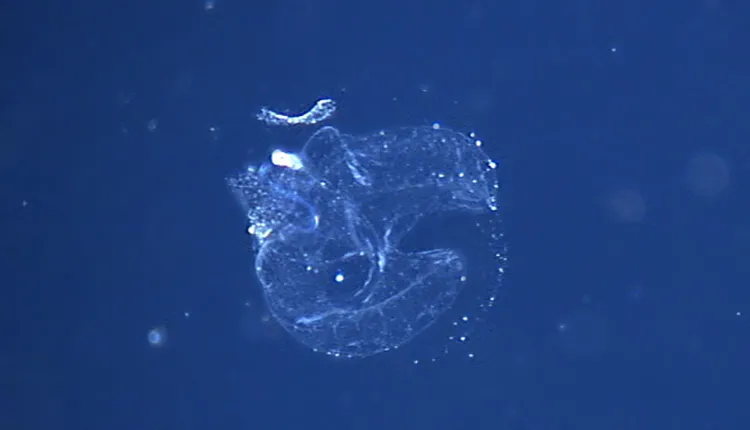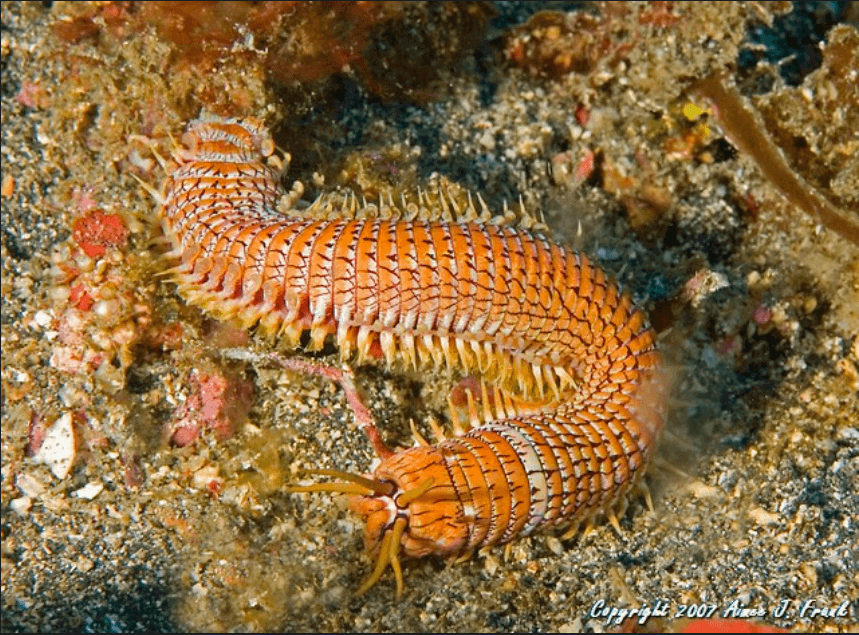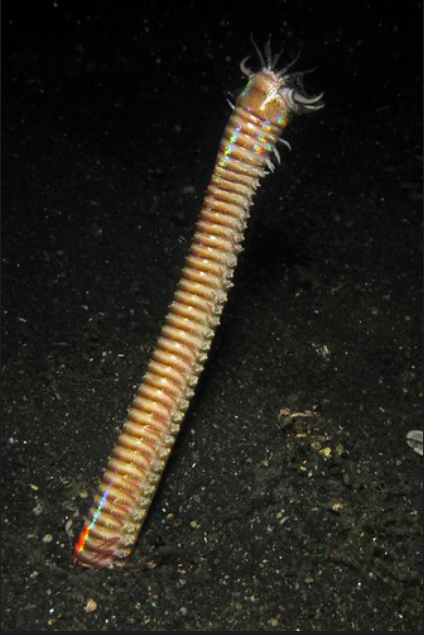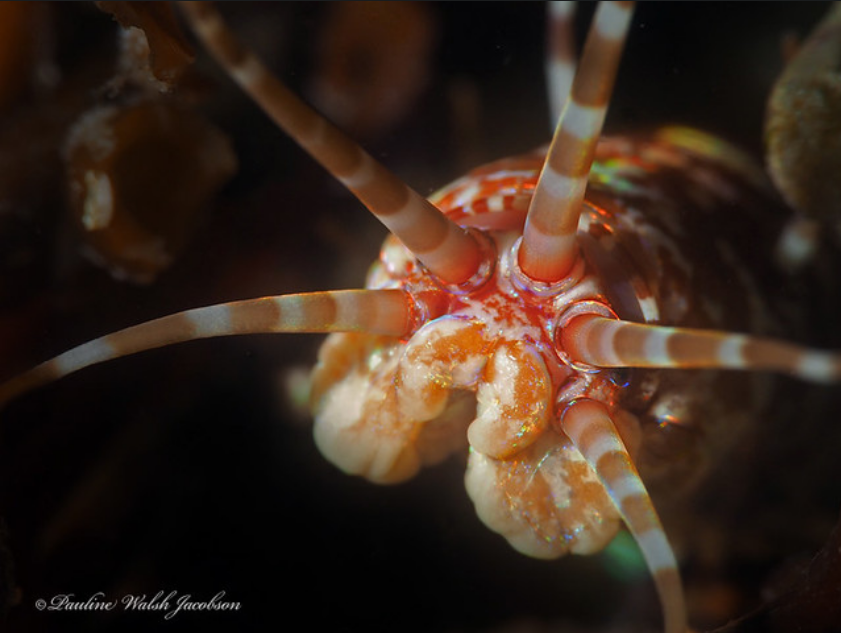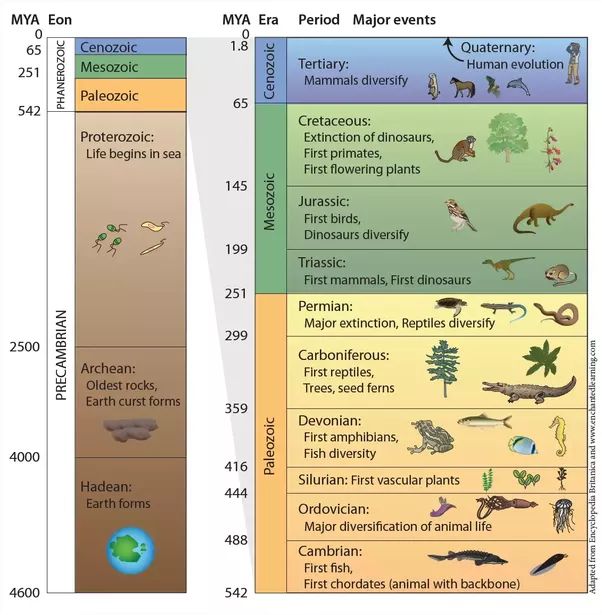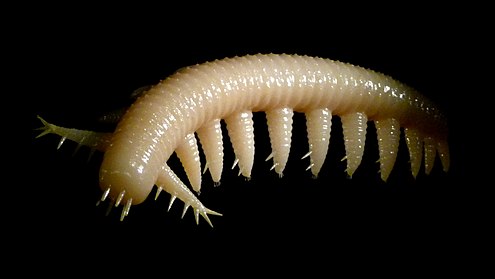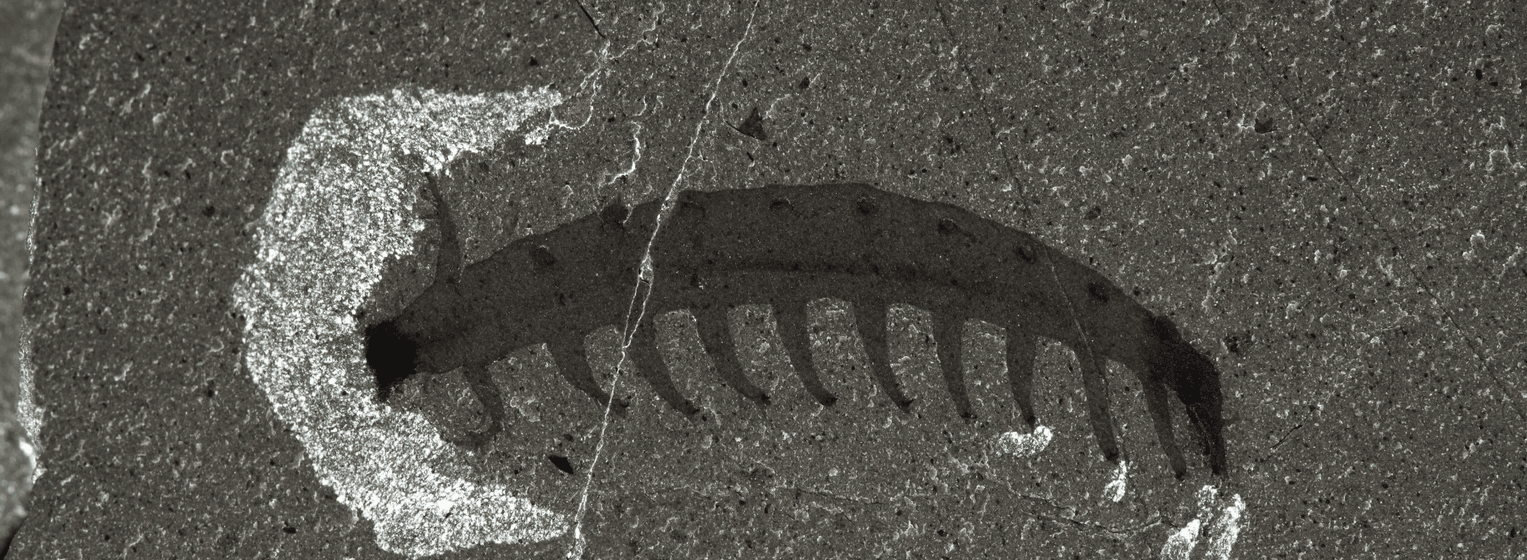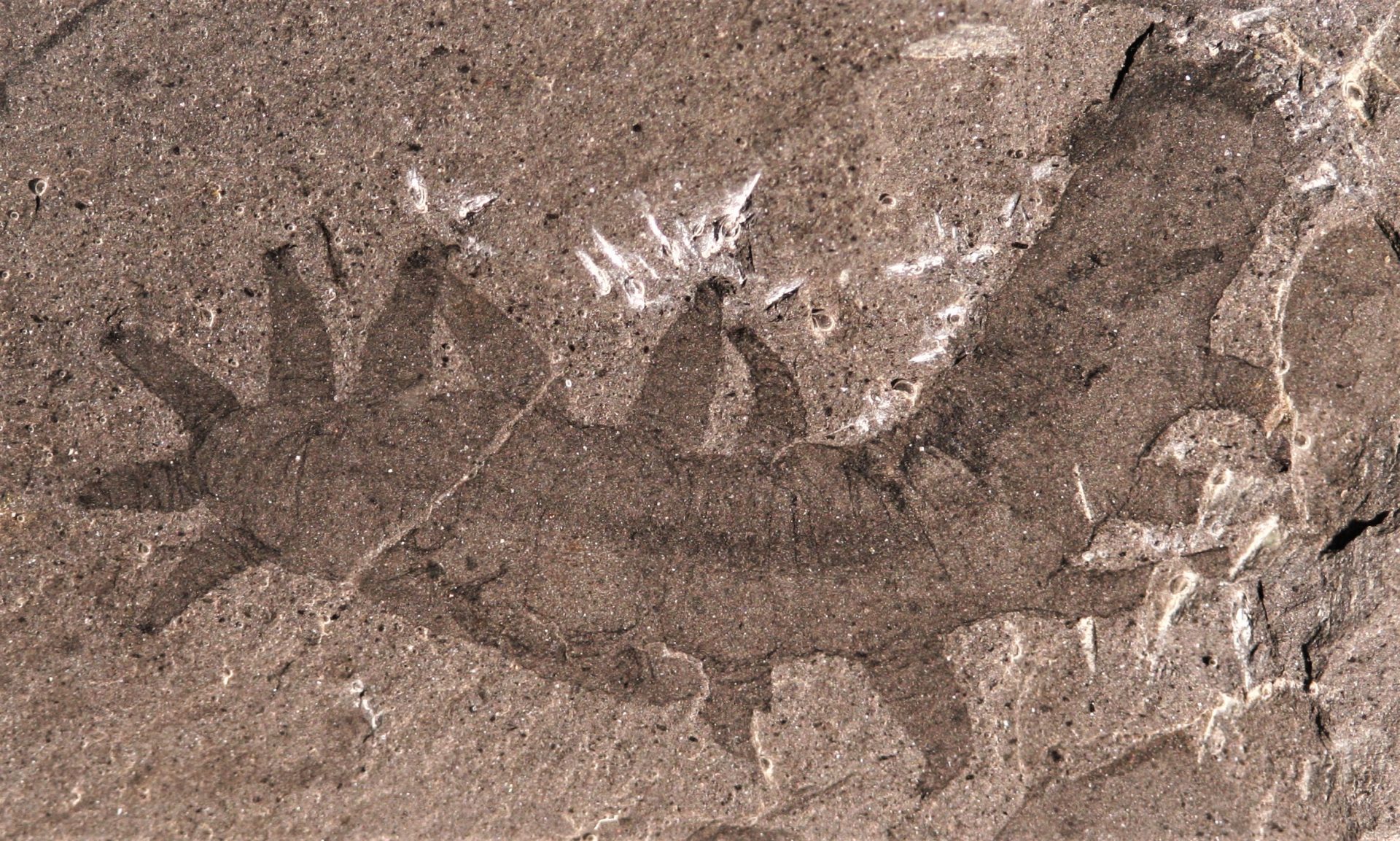Invertebrates
A community for general discussions about our friends that lack vertebrae
Main image, While Gotham sleeps........ by Michael Gerber
RED...

Above, Pseudoceros ferrugineus, by Benjamin Naden
PINK...
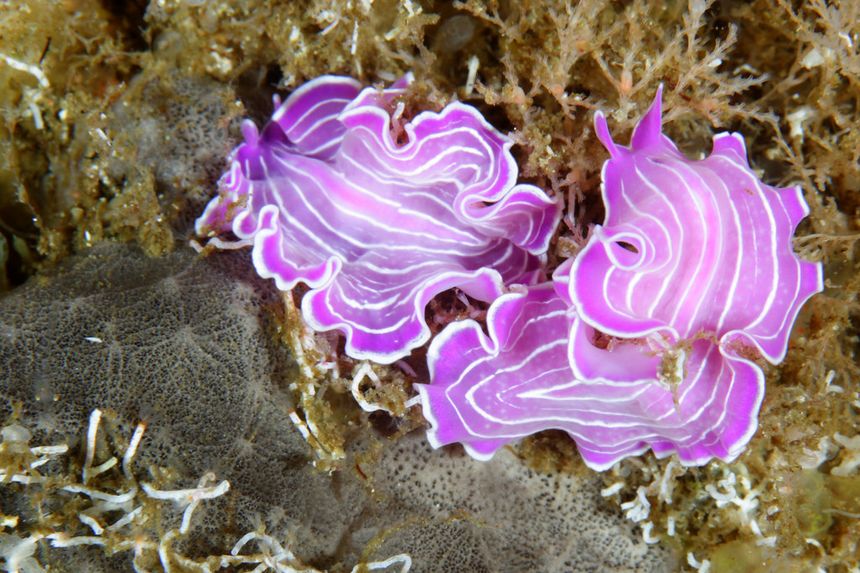
Above, Protheceraeus roseus, by João Pedro Silva
YELLOW...
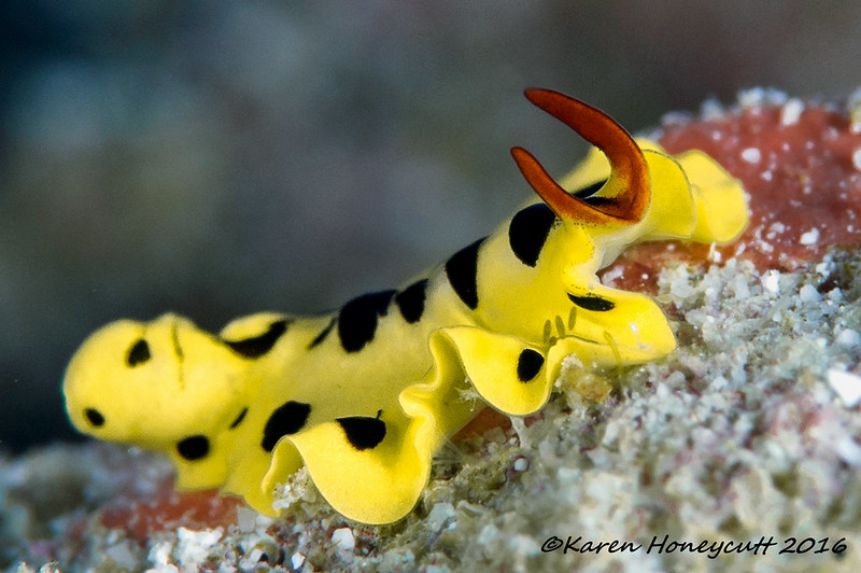
Above, Eurylepta sp. by Karen Honeycutt
ORANGE...
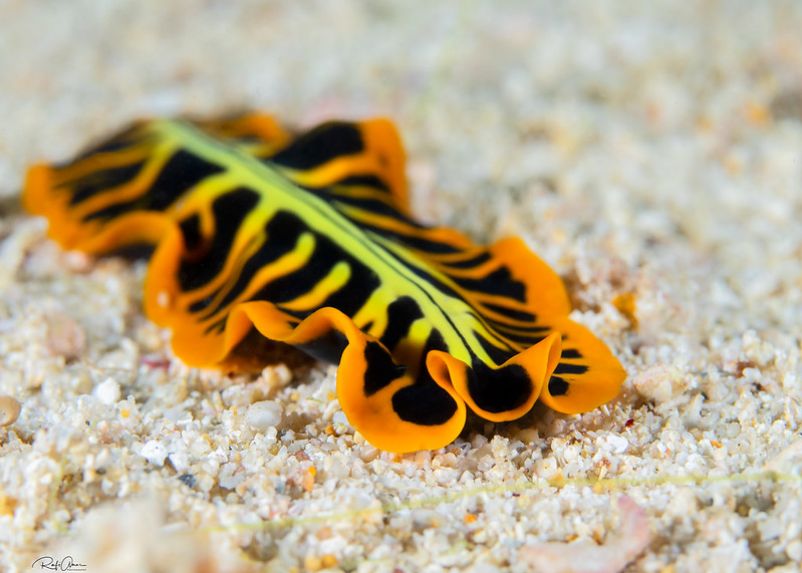
Above, Pseudoceros sp. by Rafi Amar
BLUE...
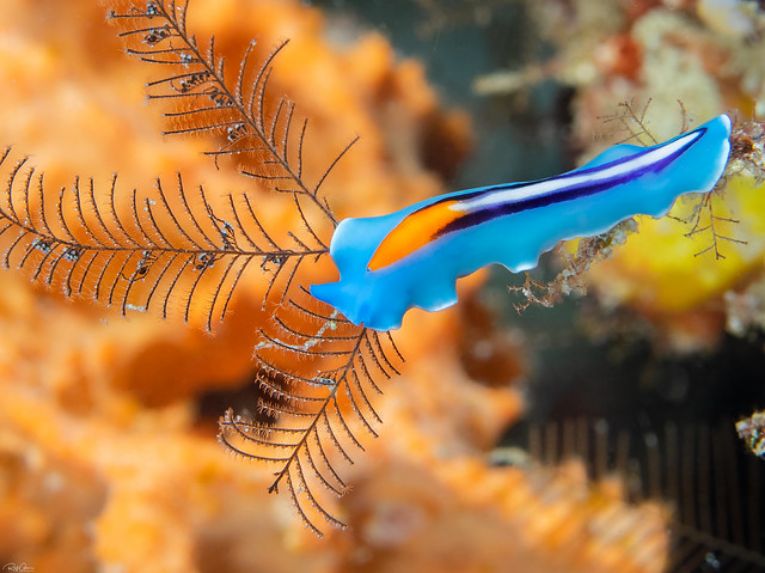
Above, Racing Stripe Flatworm - Pseudoceros liparus, by Rafi Amar
PURPLE...

Above, Linda's Flatworm - Pseudoceros lindae, by Rafi Amar
BROWN...
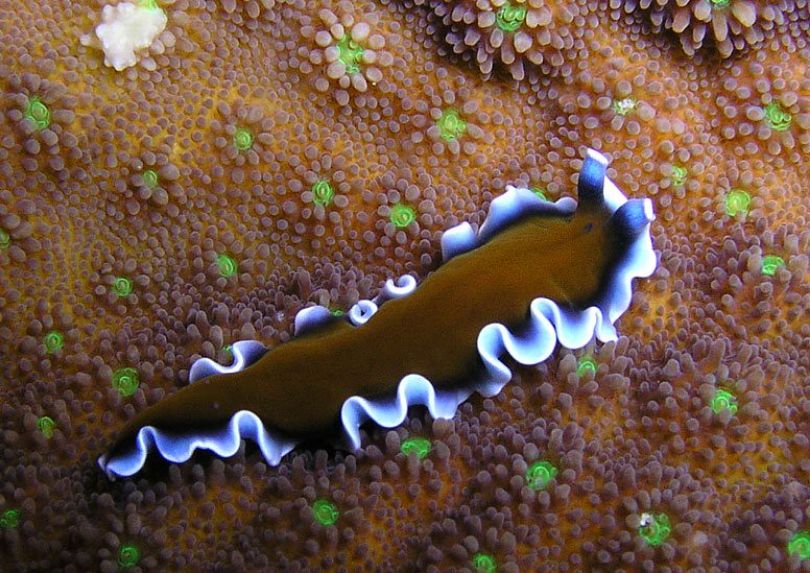
Above, Photo by Nick Hobgood
TRANSPARENT...
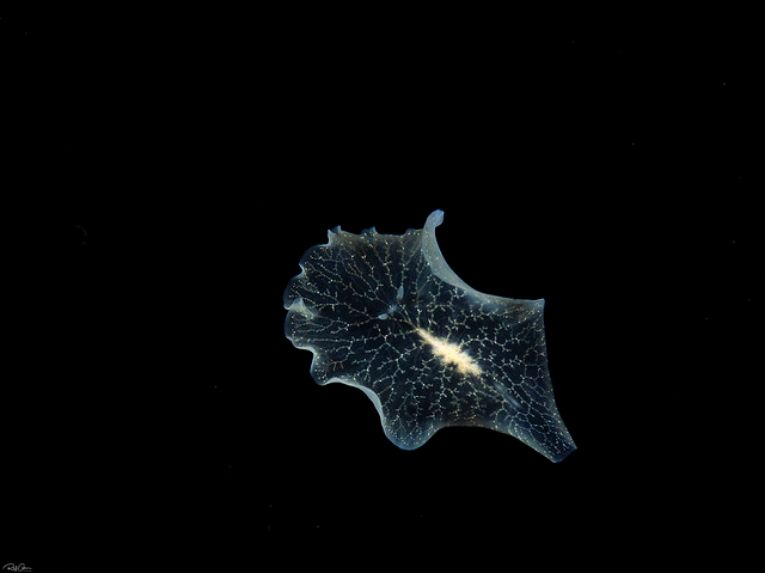
Above, Paraplanocera sp. by Rafi Amar
SALAD...

Above, Cryptic Flatworm - Pseudobiceros kryptos, by Rafi Amar
GOTH...

Above, Photo by Bettydiver
NEON...

Above, Pseudoceros dimidiatus, by Richard Ling
STARRY...

Above, Thysanozoon nigropapillosum, by Patomarazul
TRIPPY...

Above, Persian Carpet Flatworm - Pseudobiceros bedfordi, by Rafi Amar
GLITTERY...
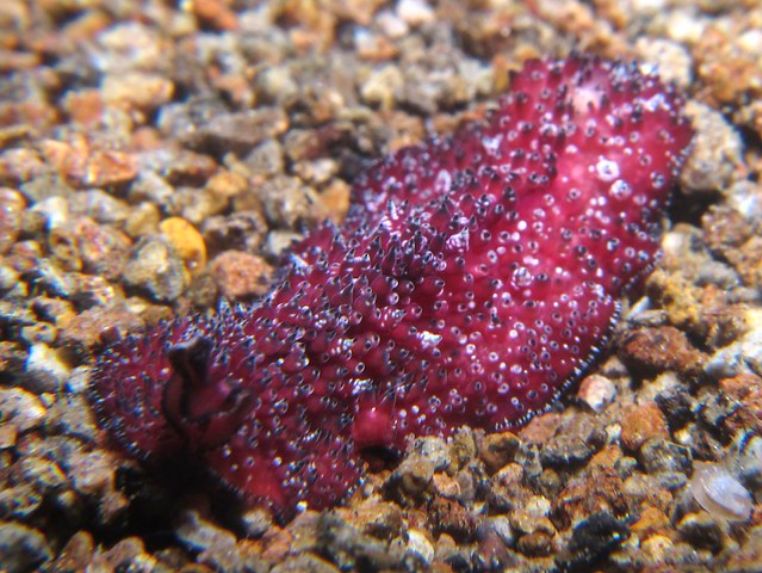
Above, Photo by eunice khoo
FRILLY...

Above, Glorious Flatworm - Pseudobiceros gloriosus, by Rafi Amar
STRIPEY...

Above, Pseudoceros zebra, by Marina Poddubetskaia
SPOTTY...

Above, Pseudoceros scintillatus, by ilan Lubitz
VEINY...
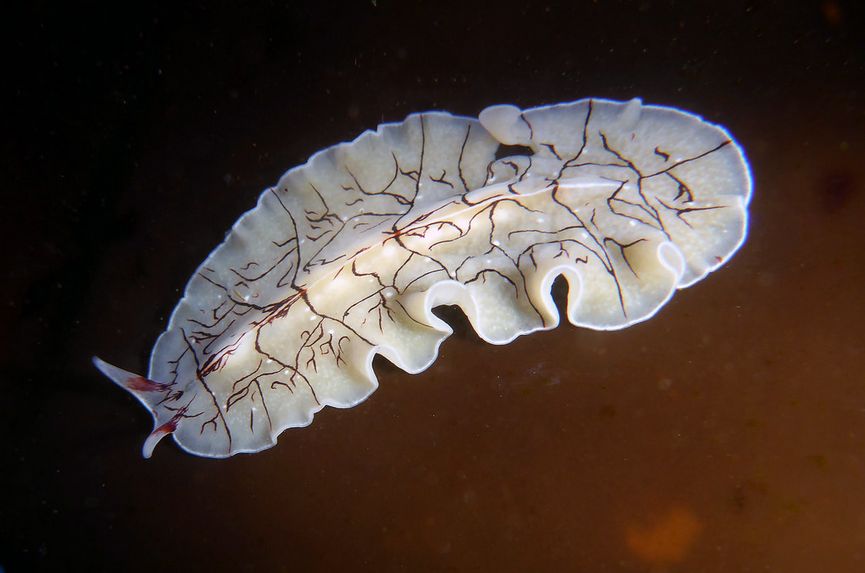
Above, Eurylepta californica, by Robin Gwen Agarwal
BRAINY...

Above, Maritigrella fuscopunctata, by Rafi Amar
SANDY...
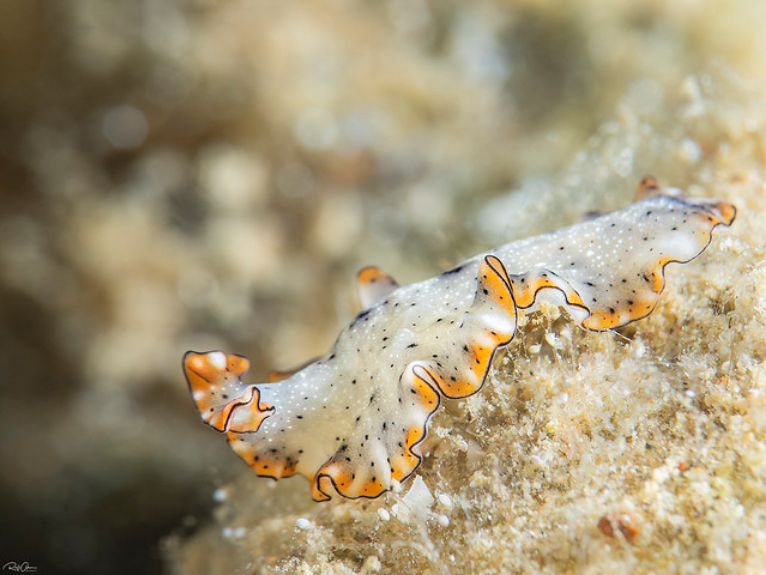
Above, Pseudobiceros damawan, by Rafi Amar
CAKEY...

Above, Lizard Island Flatworm - Tytthosoceros lizardensis, by Rafi Amar
CAMOUFLAGEY...
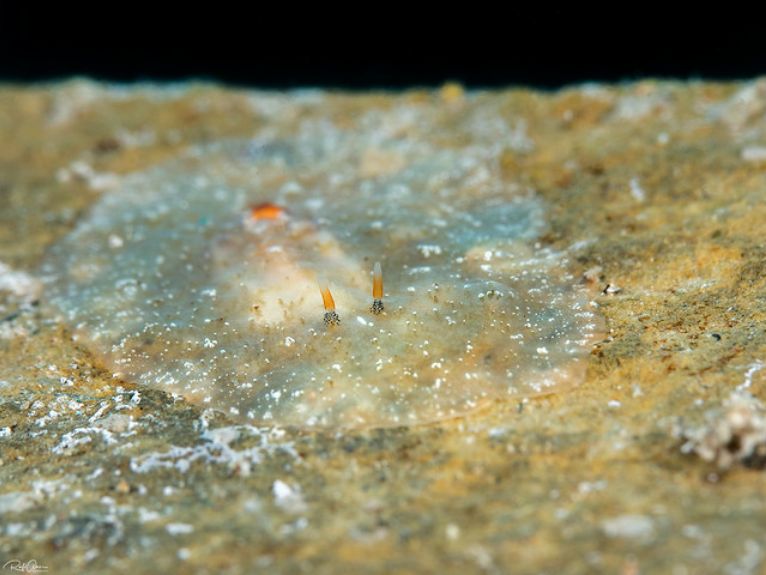
Above, Flatworm - Paraplanocera sp. by Rafi Amar
HOLSTEIN-FRIESIANY...

Above, Eurylepta sp.1, by Rafi Amar
AMBUSH RUG...

Above, Photo by eunice khoo
GOODBYE, FLYING FLATWORM!
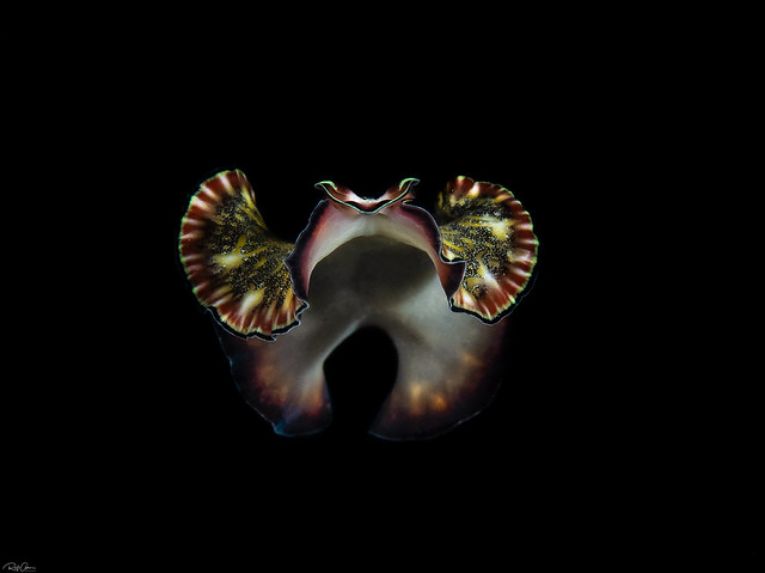
Above, Persian Carpet Flatworm - Pseudobiceros bedfordi, by Rafi Amar

Main image, Oleander Hawk Moth Caterpillar (Daphnis nerii, Sphingidae), by itchydogimages
Startled? Alarmed? Did I hear you mutter "WTF?" under your breath?
Then evolution wins again. Imagine if you were confronted by the same sight if you were a bird or a praying mantis or a snake for that matter. Eyespots (markings that resemble vertebrate eyes) have evolved many times in Lepidopterans (butterflies and moths). The fact that this adaptation has arisen independently so often in this group indicates the general effectiveness of this anti-predator defence. itchydogimages

Above, Walking forest, by Gabriela F. Ruellan

Above, Moth Caterpillar - Cerura vinula, by Lukas Jonaitis
I took this photo last summer. This caterpillar is one of the most beautifull caterpillars in Lithuania. I think it is very photogenic caterpillar because of its green colour and red tails which are visible only when caterpillar is scared. He has very nice face. :) Lukas Jonaitis
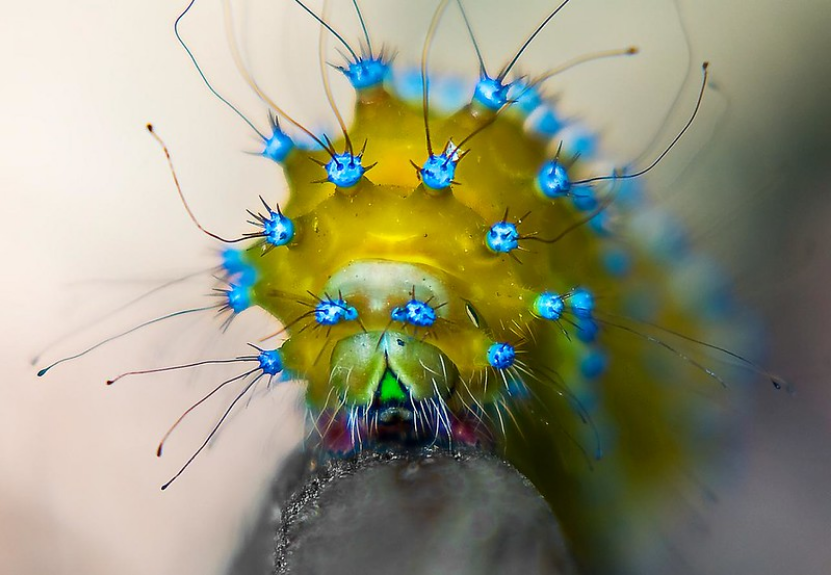
Above, Saturnia Pyri, by Jano De Cesare
This is a beautiful larva of a Saturnia Pyri, a butterfly which is around 16cm in maximum dimension at its mature state. Jano De Cesare
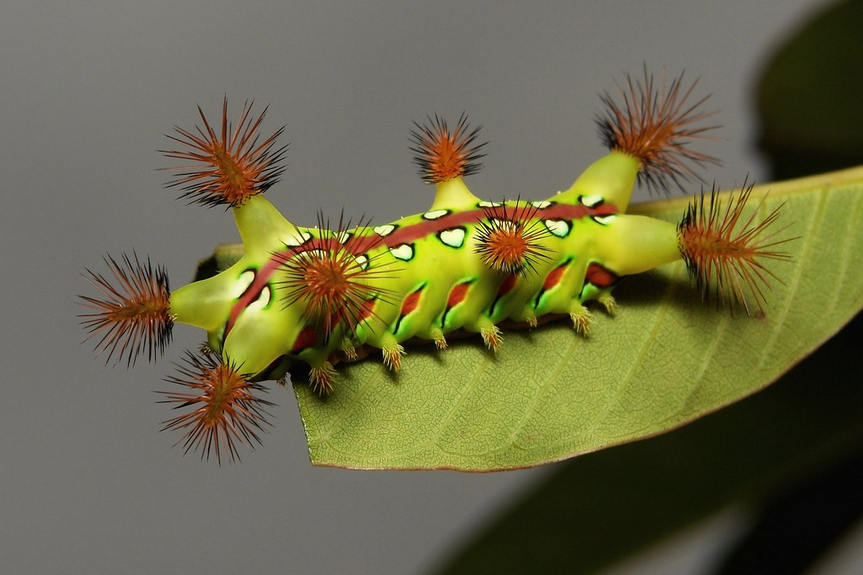
Above, Stinging Nettle Slug Caterpillar (Cup Moth, Setora baibarana, Limacodidae) "The Jester" by itchydogimages
First-in-line to the throne of the brilliant Yunnan lineage of Limacodid caterpillars, together with its alternate colour form, "The Clown", "The Jester's" livery is almost fluorescent. itchydogimages
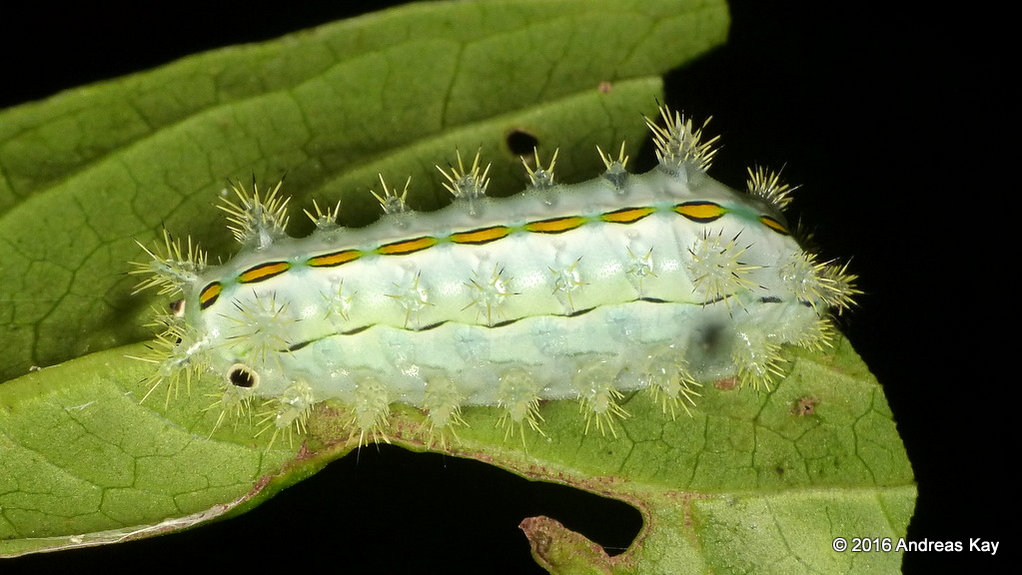
Above, Stinging Nettle Slug Caterpillar, Limacodidae, by Andreas Kay

Above, 3rd Instar Cecropia, by Barb Sendelbach

Above, Big Foot (Cecropia), by MaggieDu
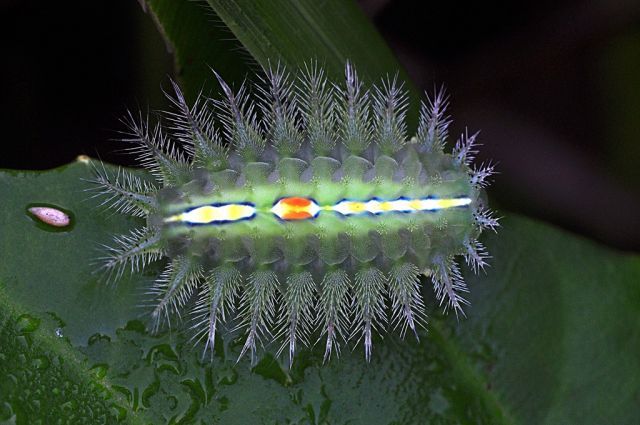
Above, Photo by Frank Starmer
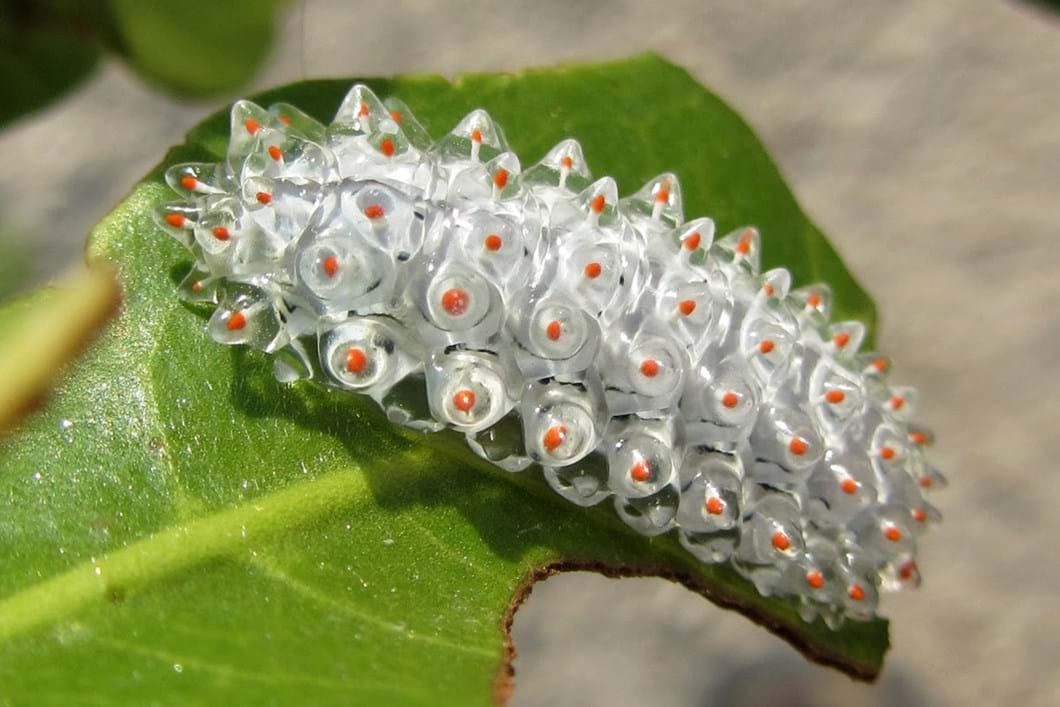
Above, Dalceridae moth caterpillar, by Gerardo Aizpuru
Dubbed the 'jewel caterpillar', this lovely, translucent larva belongs to a family of moths known as Dalceridae. Although scientists are still unsure about the exact function of the caterpillar's translucent, gooey attributes, the leading theory is that the slimy stickiness helps to deter predators. According to Scientific American, the jelly-like 'cones' that cover the body break off easily (sort of like a lizard's tail), helping the caterpillar slip out of a predator's clutches. source
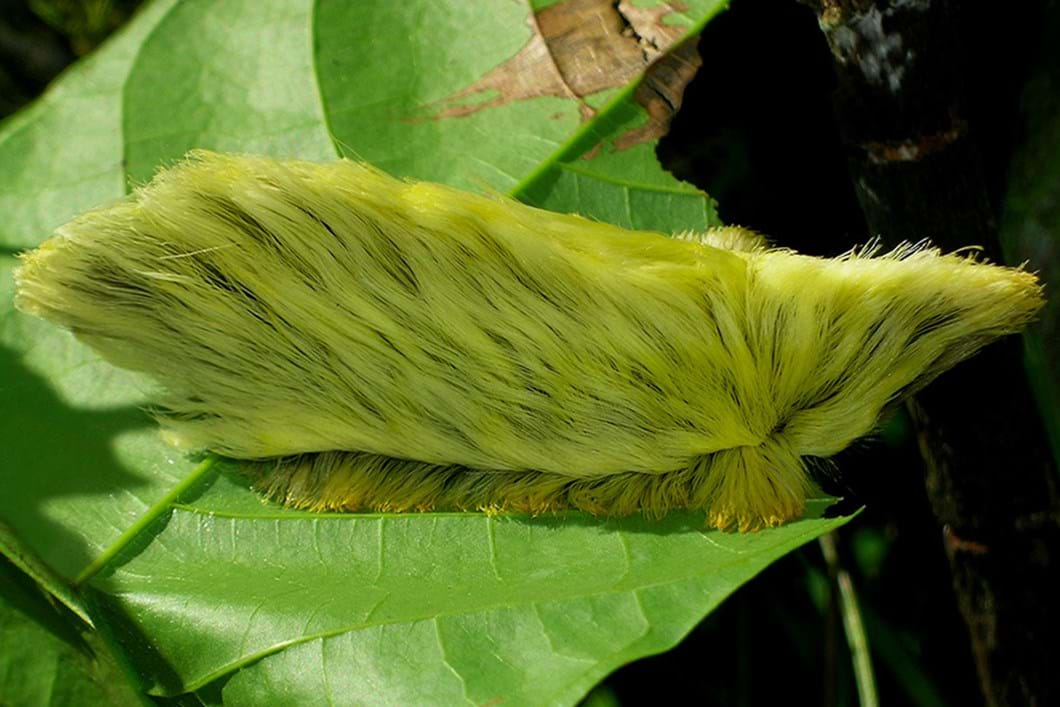
Above, Flannel moth caterpillar, by Drriss & Marrionn found here
It may look like Donald Trump's misplaced toupee (it's actually been dubbed the 'Donald Trump caterpillar'), but this flannel moth larva is actually not covered with hair at all. Those silky-looking threads are actually venomous spines that can cause intense, burning pain when touched, making the caterpillar one of the most venomous in the US. source

European Paper Wasp - Polistes dominula, by Heath McDonald
Whilst looking for the Bee Flies I came across a solitary male Paper Wasp on a dead leaf, it wasn’t the best angle, whilst moving the camera gear it started to be aware of me and moved to this position which looked even more awkward side one but from the front, gave a great position for a portrait, managed a few shots before it started moving again so left it alone at that point.
Best viewed very large
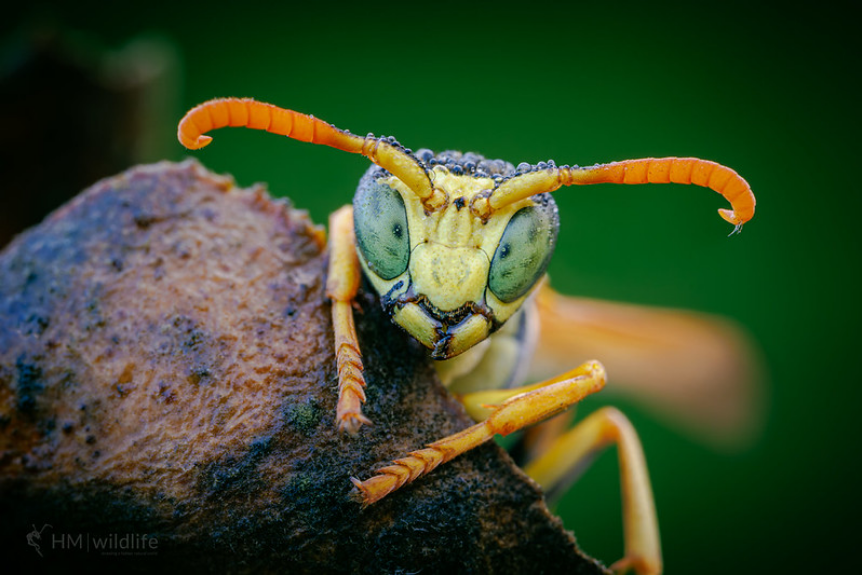
Main Image of....
....three species of tunicates ("sea squirts") - Polycarpa aurata is purple and orange, Atriolum robustum is green, and the blue is from the genus Rhopalaea. (Nick Hobgood)
There are around 3000 species of Sea Squirts aka Tunicates!
Above, Corella parallelogramma by Mark N Thomas
They are found in salt water throughout the world!
They are our closest invertebrate relatives!
Above, Photo by Chas Anderson
They are called Sea Squirts because if they are touched or alarmed the muscle will suddenly contract forcing the water inside to shoot out!
Sea Squirt larvae look like frog tadpoles!
Above-
A deep-water larvacean (aka “sea tadpole”) inside its mucous “house,” which concentrates food from the water prior to reaching the animal’s mouth. (Hidden Ocean 2005, NOAA)
As larvae they swim around in the ocean current, and when they find a food rich environment they use sucker to attach to a rock, dead coral, boat dock, or mollusk shell!
Above, Photo by prilfish
Then they begin metamorphosis!
Above-
Tunicate larvae resemble tadpoles (developing frogs). (Van Name, 1945)
Their notochord begins to shrink and is absorbed into the body, the tunic forms as the transformation continues and finally it becomes an adult Sea Squirt!
As an adult it will now feed on tiny particles found in the water, primarily bacteria!
Above, Blue Bell Sea Squirt (or Tunicate) - Perophora namei by Jim Greenfield
There are two types of sea squirts- solitary and colonial!
Both have 2 siphons. The Oral Siphon receives the nutrient content in the water, and the Atrial siphon excretes the waste!
Colonies are formed when a newly settled larvae changes into an adult. It then splits or 'buds' producing new individuals!
Above, Clavelina sp. by Jim Greenfield
Colonies can range from a few centimetres to several metres depending on food supply and predation!
Colonial Sea Squirts share a common tunic and sometimes and also sometimes share the atrial siphon!
They have a digestive system similar to ours, complete with an esophagus, stomach, intestines and a rectum!
Sea Squirts act as ocean purifiers, as they consume bacteria. They can also absorb zinc and vanadium, indicating heavy metal presence within their ecosystem!
Above [An obligatory Nudibranch!], Striped sea slug snacks while strolling on a sea squirt by Nick Hobgood
All photos and info found here, except where indicated!
And as always my usual disclaimer- I'm not an expert in anything, I just enjoying finding and sharing interesting things.... Any mistakes are mine and I'll correct them if you let me know in the comments 👍
edit re-uploaded main image as it wasn't showing
edit 2 changed 'ancestors' to 'relatives' in the title

Main photo by Ocean Networks Canada
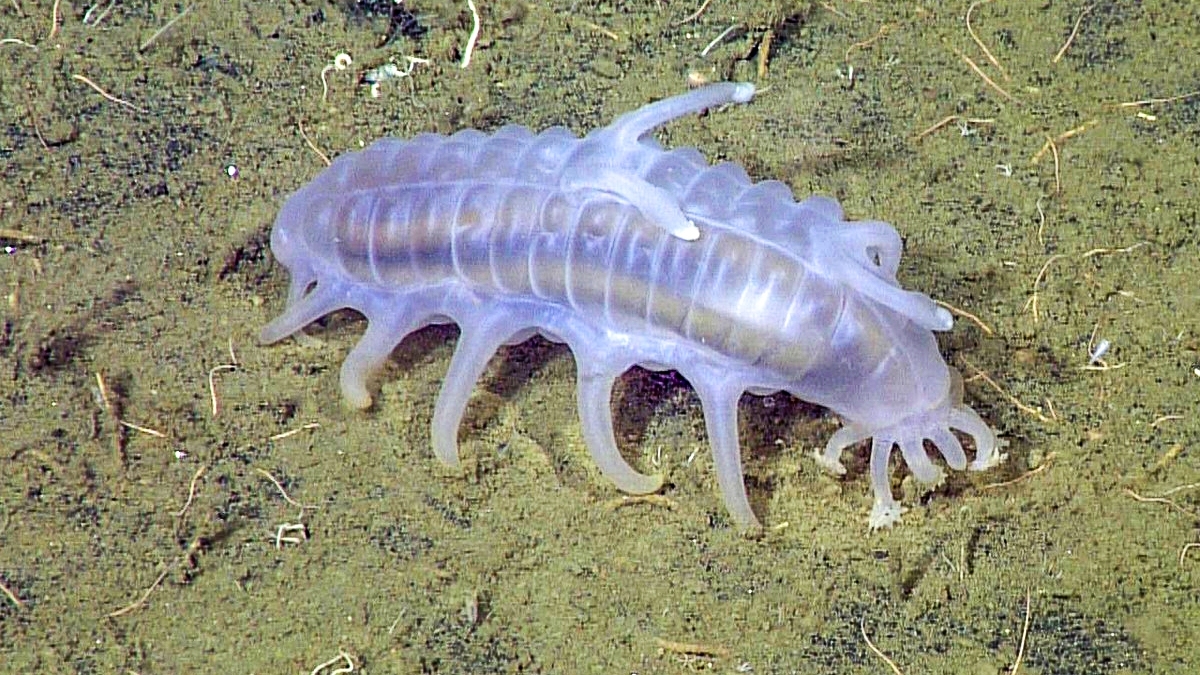
Above photo via MBARI
Sea Pigs (Scotoplanes) are a type of Sea Cucumber
They live in the deep sea, specifically on the abyssal plain up to depths of 5000m
They can grow up to 4-6 inches
They have 6 pairs of enlarged tubal 'feet', and use water cavities in their bodies to inflate and deflate them in order to move around, as well as ten buccal tentacles lining their oral cavity
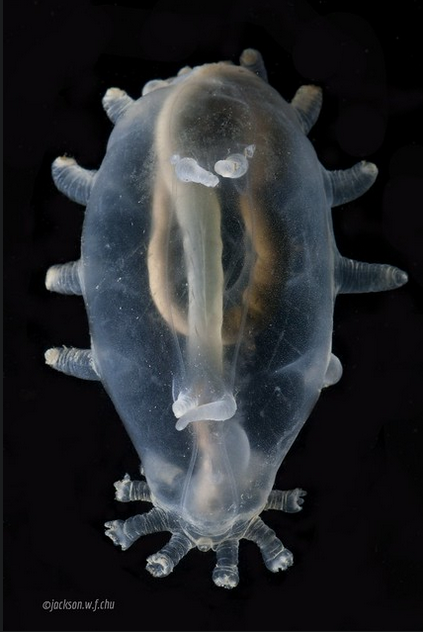
Above photo via Ocean Networks Canada
They live on the sea floor feeding on delicious foods such as decaying animals, poo and mucus!
If they are disturbed they can swim! In fact some Sea Pigs spend most of their lives swimming around in the water column using their frontal and anal lobes to propel themselves around!
They will gather in large numbers around whale corpses to feed and perhaps find a mate

Above, a congregation of Sea Pigs feeding on a whale carcass via MBARI
Their reproductive system is unique, the males only have one testis, and the females one ovary!
Also their skin contains a toxin called holothurin which is poisonous to predators...
They have a poorly defined respiratory system, and have to breathe through their anus!
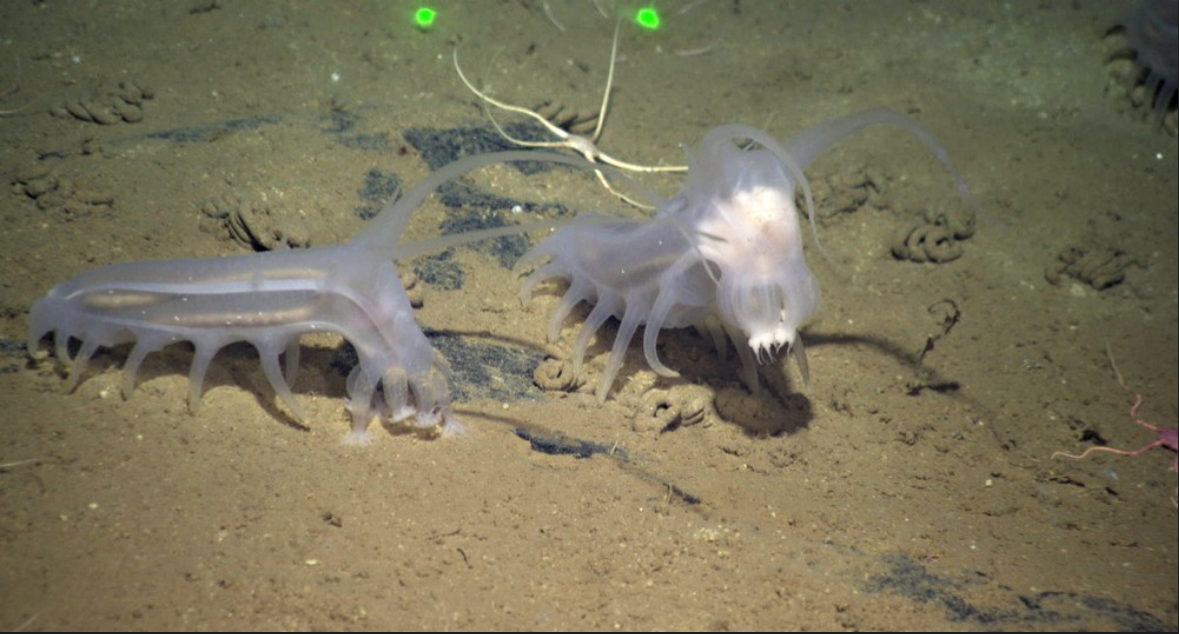
Above photo by Oceans Network Canada via Treehugger
As they have evolved at deep sea depths they would swell and burst if brought to the surface
They are hosts to several parasitic invertebrates, including snails and small crustaceans
But wait! What's this...?
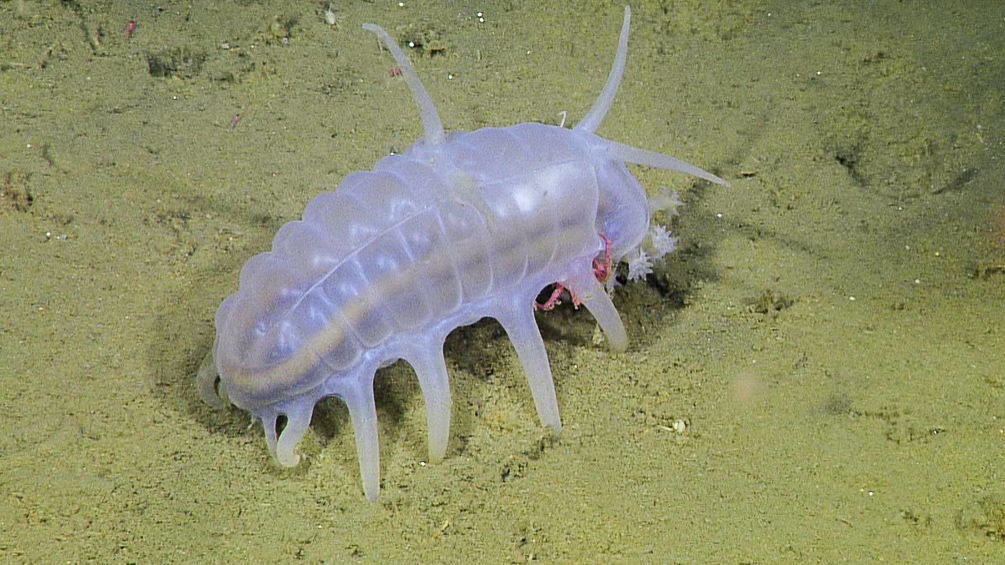
Above Above photo via MBARI
What's that red thing hiding under the Sea Pig?
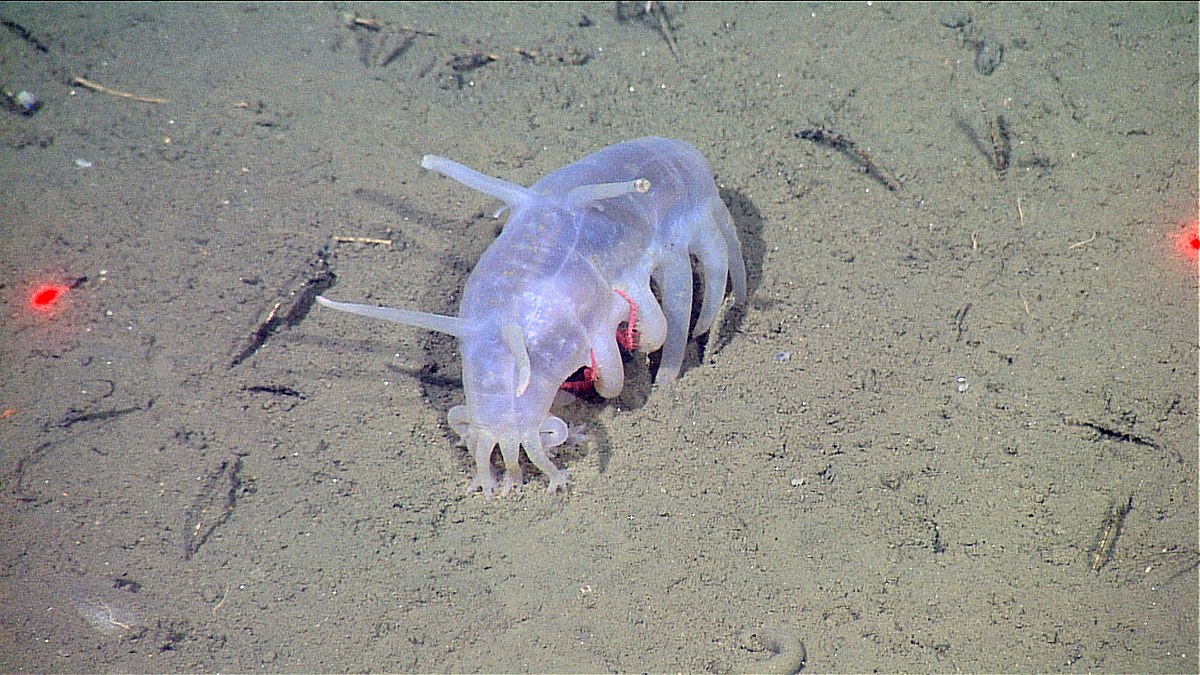
Above photo via wikipedia
It's a King Crab!
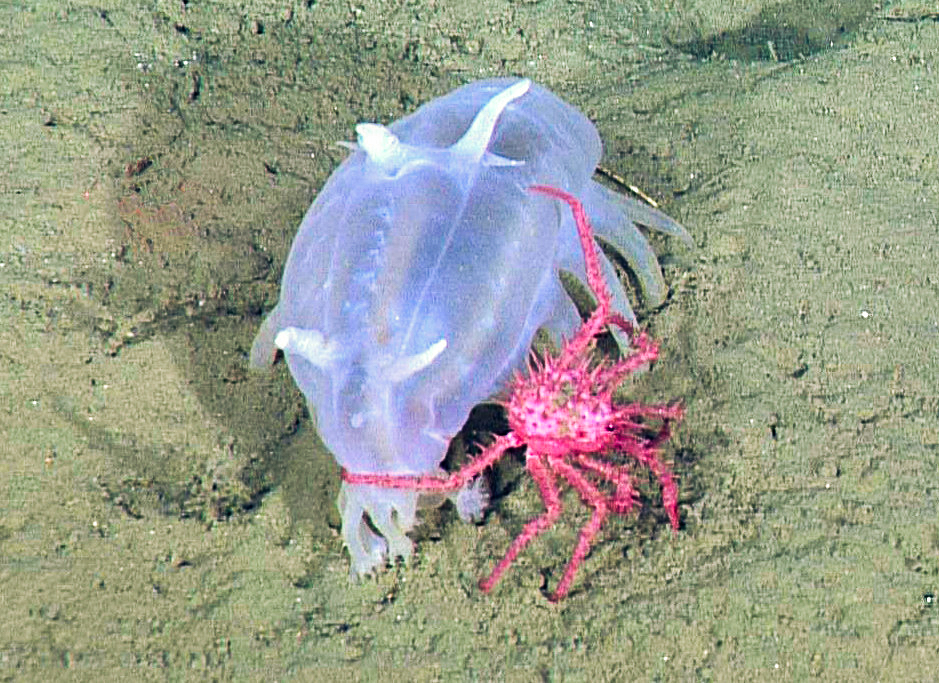
Above photo via MBARI
Peek-a-boo!

Above photo by Josi Taylor via MBARI
Why do King Crabs ride on Sea Pigs?
Usually King Crabs like to hide in rocks and seaweed from predators, but it is thought that these King Crabs were carried by the ocean current while they were small larvae and ended up in the deep sea....an area devoid of such hiding places!
“It’s like looking for a port in the storm,” said James Barry, ecologist and lead author of the study at the Monterey Bay Aquarium Research Institute (MBARI) in Moss landing. Sea cucumbers are the ports or the biggest buildings to hide next to in an otherwise empty area.” Scientific American
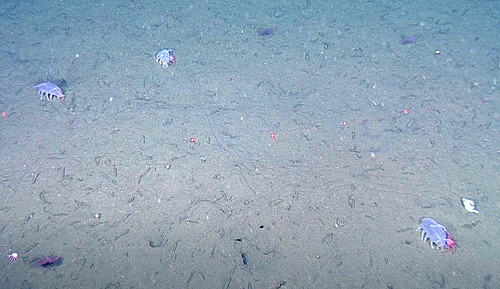
Above, ' This photograph of the muddy seafloor offshore of Monterey Bay shows three Scotoplanes sea cucumbers, at least two of which are host to juvenile king crabs.' MBARI
Barry and his team found a total of 600 juvenile crabs, 96 percent of which were either clinging onto sea cucumbers or hanging around right next to them. Sometimes the crabs were upside down holding onto the belly of the sea pig and other times they were crawling on its side. In some cases, the researchers found more than one crab on a sea cucumber. Of the nearly 2,600 sea cucumbers videotaped, 22 percent had at least one juvenile crab clinging to them
Goodbye Sea Pig, and your King Crab jockey!
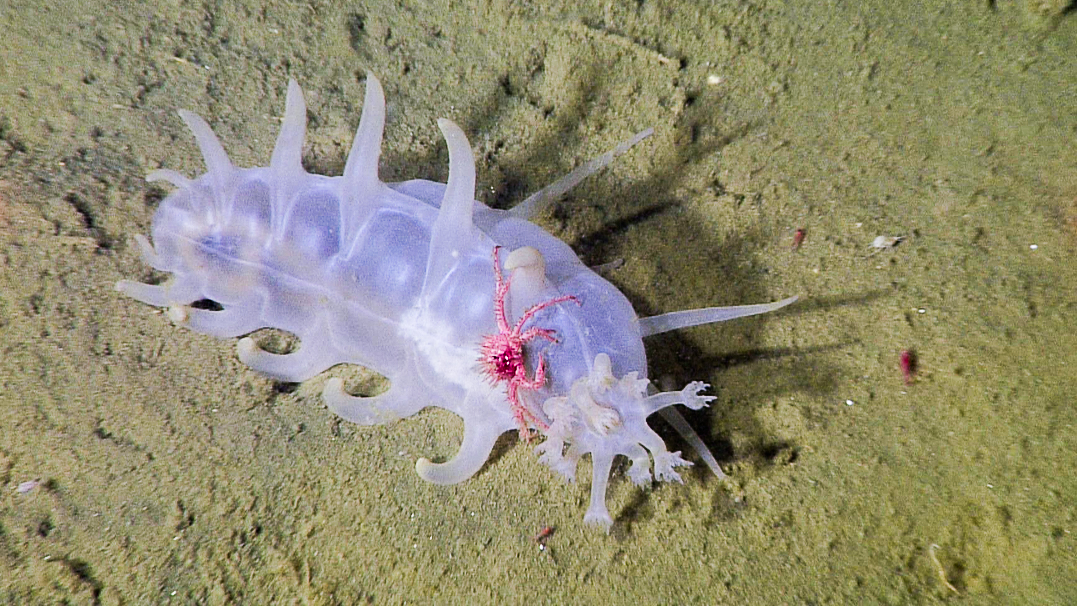
Above photo via MBARI
edit- I completely forgot to add my sources.....wikipedia and MBARI, unless specified

Main photo by Dusan Beno
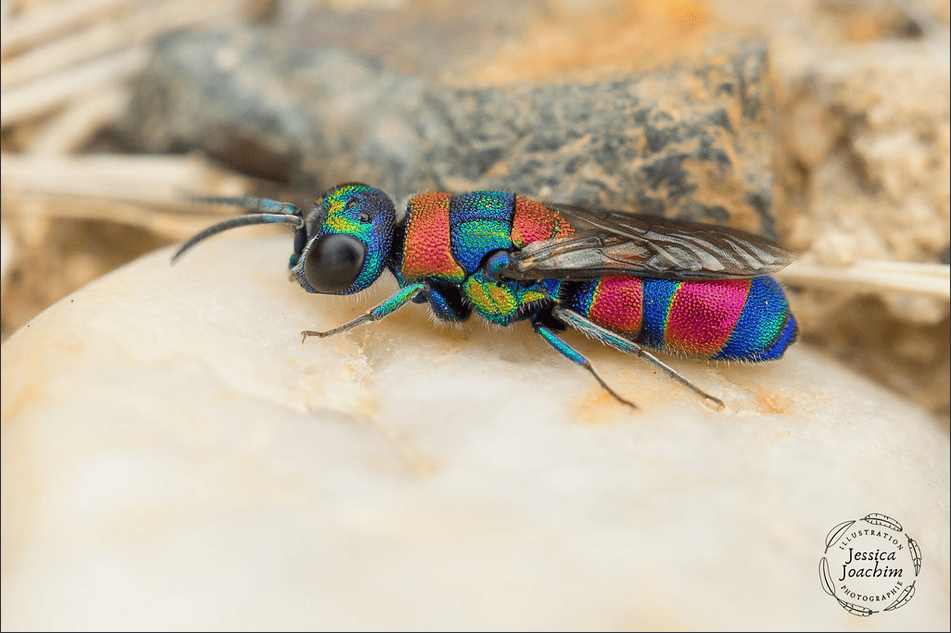
Above, 'Chrysis semicincta' by Jessica JOACHIM

Above, 'Cotinis Mutabilis, also known as the Figeater Beetle' by Cotinis Mutabilis

Above photo by philux66

Above, 'Green Tortoise Beetle, Cassida viridis' by Duncan Cooke
Length; 7 - 10mm.
Distribution; Widespread in England and Wales, although sparse in the north and rarer in Scotland.
Habitat; Grassland, Heathland & Moorland, Farmland, Wetlands, Woodland & Gardens.
Found; April to October.
The Green Tortoise Beetle is one of a group of several closely related beetles. Host plants include White Dead-nettle, Hemp Nettles, Hedge Woundwort, Gypsywort and Water Mint and is often found in gardens. When disturbed, the adults behave just like tortoises, retracting their antennae and feet, and pulling their 'shell' tight down around them as they grip tightly on to the leaf they are.
The Green tortoise beetle is round, flattened and lime green. Tortoise beetles are easy to identify as a group, but there are several closely related species that are very difficult to tell apart. the Green Tortoise Beetle is entirely green and generally lacks the markings of other species. Cassida viridis is similar to Cassida rubiginosa but can be distinguished by the rounded rear corners of the pronotum which are sharp in C. rubiginosa. It is also usually more apple green in colour.
Adults spend a few weeks feeding on host foliage and possibly also pollen before mating in April and May and ovipositing from May to July. Between 1 and 10 eggs laid in firm-walled and distinctive egg cases which are stuck to stems or under lower leaves and covered with frass and leaf fragments. They hatch within 6 to 10 days and the larvae initially feed below the leaves, moving to the upper surface as they grow, they pass through 5 instars and develop rapidly. They are fully grown within 4 to 6 weeks.
Pupation occurs from June to September. The fully grown larvae move to stems and petioles and become attached by a secretion before they pupate. This stage is also brief, generally lasting about a week, and new generation adults emerge from July to October.

Above 'Green vegetable or Shield bug' by Bernard Spragg. NZ
Nezara viridula, commonly known as the southern green stink bug, southern green shield bug or green vegetable bug, is a plant-feeding stink bug. Believed to have originated in Ethiopia, it can now be found around the world.
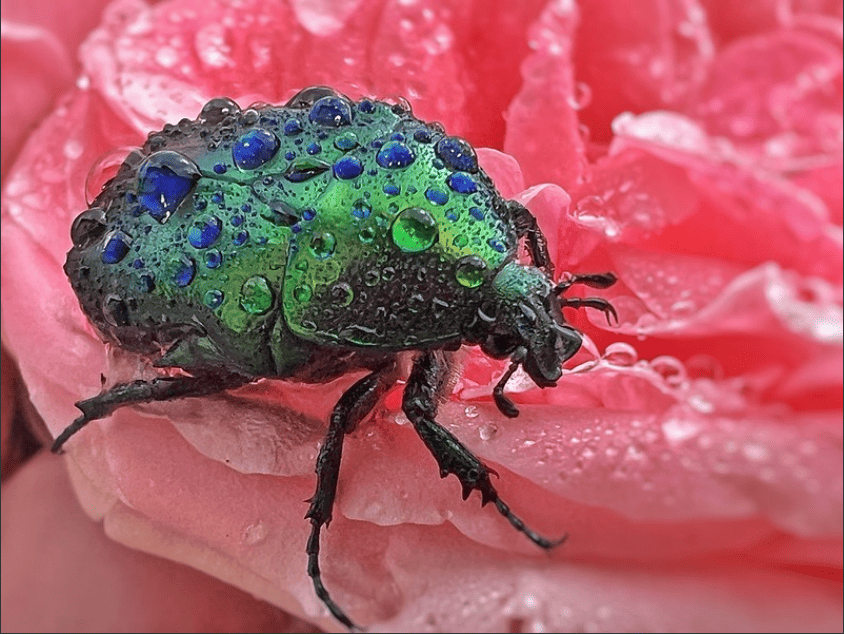
Above, 'Golden Beetle' by Ivan Anisimov

cross-posted from: https://lemmy.ml/post/12435180
NB This is a post I did on awwnverts and decided to add it here. I've included some extra photos of ol' Eunice, as I wanted to show how beautifully iridescent it is, as well as some really nice (glamorous) head shots!
Post image 'Bobbit-Worm' by Hendra Tan
Their name comes from the John and Lorena Bobbit Case
They live tropical and subtropic bodies of water in the Indo-Pacific. They've been discovered in Bali, New Guinea, the Philippines, Australia, Fiji, and Indonesia!
They can reproduce asexually via segmentation!
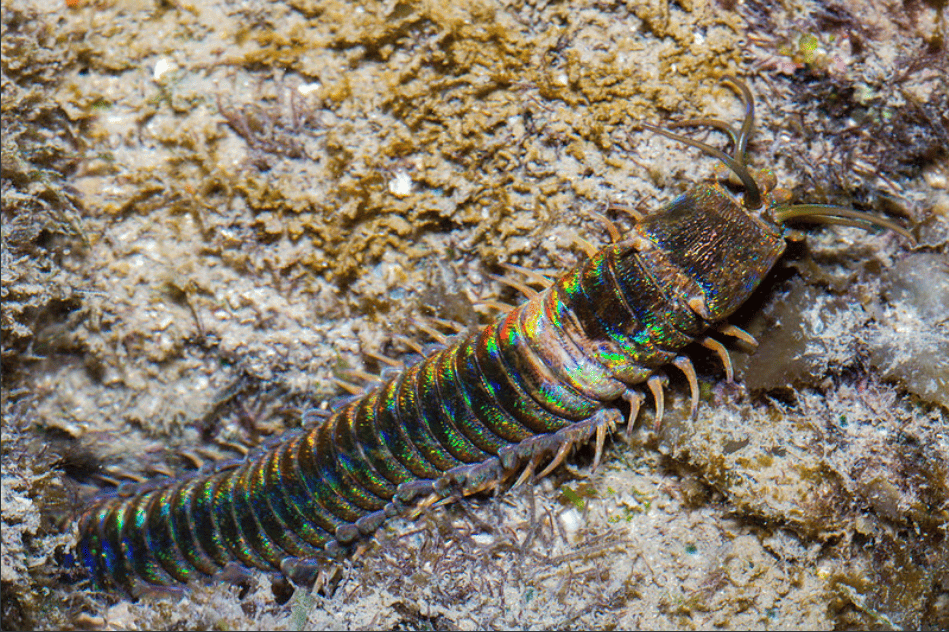
Photo by budak
They can live between 3-5 years and grow on average 3 feet long, although one was discovered at 10 feet long!
Photo by Ken Traub
The fossil record shows they've been around for 20 million years!
They like to build mucus lined burrows on the sea floor from where they ambush their prey!
Photo by eunice khoo
Despite having a pair of small eyes they use their antennae to detect prey as they are virtually blind!
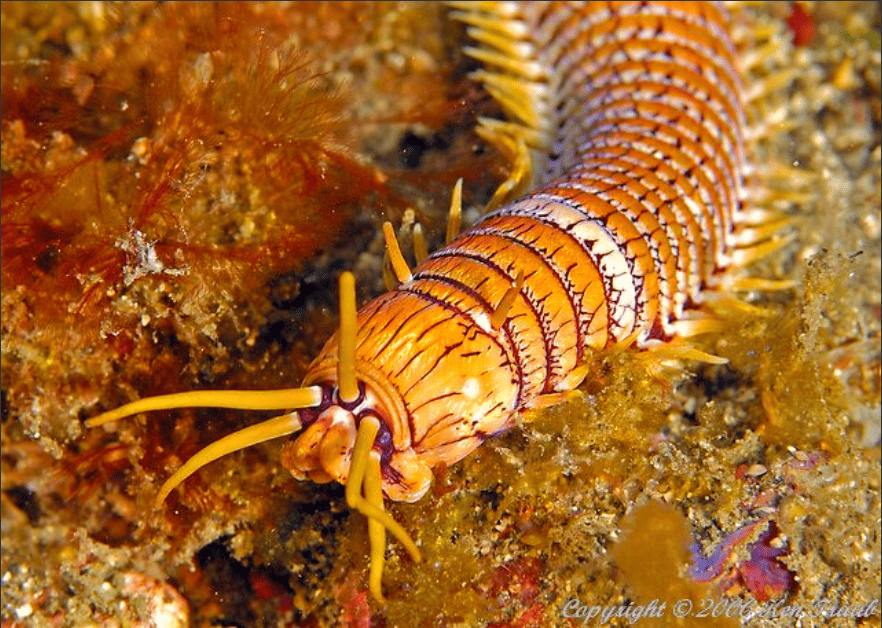
Photo by Ken Traub
Peters' Monocle Bream tropical fish have been observed 'mobbing' Bobbit Worms by directing sharp jets of water at them in order to deter their attacks!
Bobbit Worms can decimate aquariums. They can arrive as small worms hidden in rocks and corals and can remain undetected for quite some time. Don Arndts heroic battle against a Bobbit Worm is the stuff of legends. His foe was a wily adversary despite the many attempts to poison and kill it, including glue and crushed glass hidden in baited shrimp! TLDR version here
Their jaws are wider than their bodies are retractable and open like scissors!
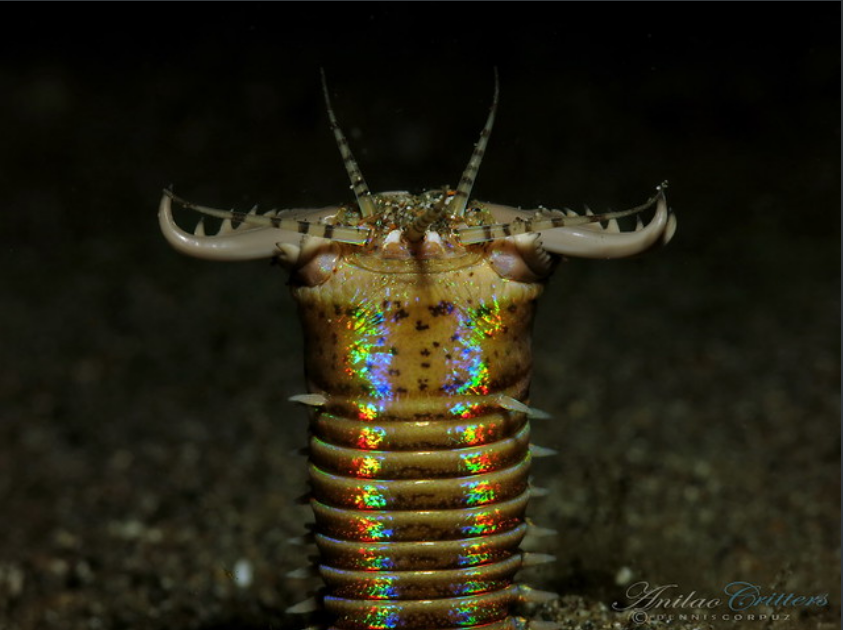
Photo by Anilao~Critters
Their bodies are covered in tiny bristles which grip, and help it to explode out of it's burrow while hunting!
Mr DeMille, I'm ready for my close up...
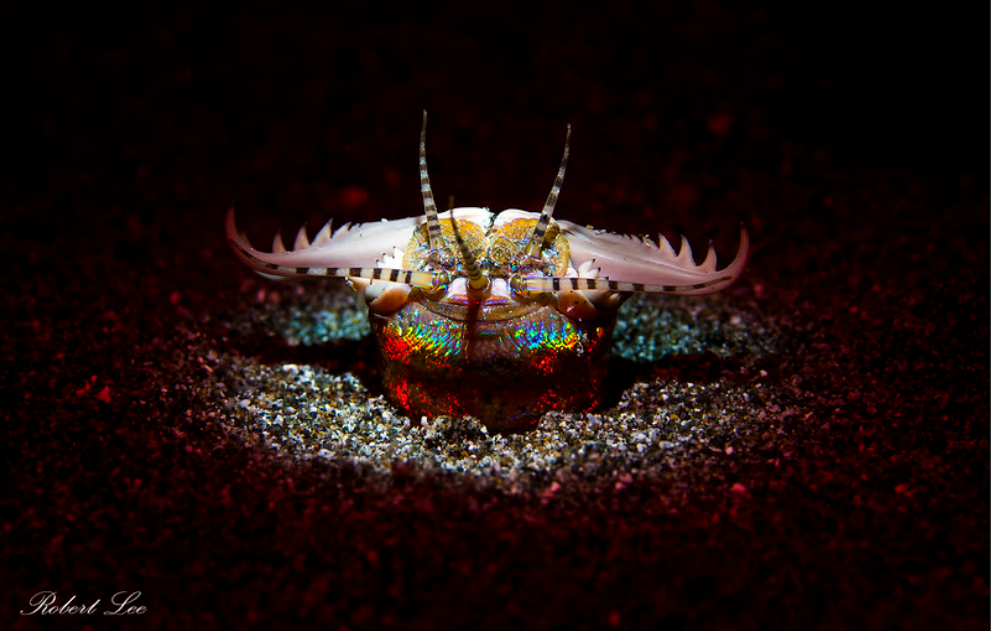
Photo by Rob_Lee Photography
Now give the little fella a kiss!
(photo by Pauline Walsh Jacobsen)
edit- most info from here and I forgot to credit the last image
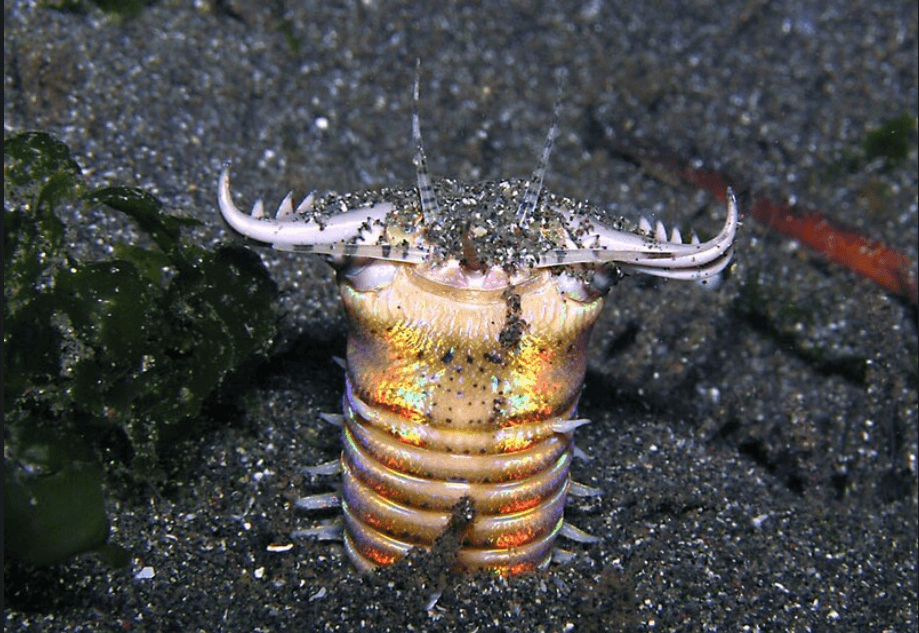
Title photo- life reconstruction of Aysheaia pedunculata
Travel back in time to the Cambrian Era, a period famous for the diversity of its life forms!
Lasting approximately 53.4 million years from the end of the preceding Ediacaran period 538.8 million years ago (mya) to the beginning of the Ordovician period 485.4 mya. It is a period where the atmosphere had elevated concentrations of oxygen, and the global temperature increased-creating a temperate world
Geological timescale from here
Scientists believe that the higher oxygen levels, and warmer climate contributed to the incredible diversity of life that occurred in the oceans.
However, on land it was mostly barren...complex lifeforms were non-existant and would have been restricted to mollusks and athropods emerging from the water to feed on micobes in slimy biofilms
The Cambrian is unique as it had unusually high deposits of lagerstätte sedimentary deposits, these sites offer exceptional preservation of 'soft' organism parts, as well as their harder shells which means that the study and understanding of the fossilized life forms surpasses some of later periods
Which brings us to Aysheaia!
It is an extinct genus of soft-bodied lobopodian, known from the Middle Cambrian Burgess Shale of British Columbia, Canada source
Described as looking like a 'bloated caterpillar' with spines. It was a segmented worm like animal 1 to 6 cm in length and about 5 mm wide
Comprised of 10 body segments with each segment having a pair of spiked annulate legs (consisting of rings or ringlike segments). It did not have a separate head, its mouth occupied the front of the body along with 6 finger like projections, and 2 grasping limbs on it's 'head'.
Diagrammatic reconstruction of Aysheaia pedunculata
Reconstruction of A. pedunculata
It was similar to modern terrestrial Onychophora (velvet worms). However, it differs due to a lack of jaws and antennae, and possible lack of visual organs, and the terminal mouth...
Above, Photo of Velvet Worm (Euperipatoides sp.) by Stephen Zozaya
Aysheaia is believed to have grazed on prehistoric sponges gripping onto them with it's many claws. The shape of it's mouth suggests that it was a predator. It probably used the paired structures on it's head to grasp hold of its prey, and then pass it to the finger like projections around its mouth
And now for some fossils!
Above, Lobopodian Aysheaia pedunculata Walcott, 1911, USNM 365608 from the Stephen Formation (Cambrian Series 3, Stage 5), British Columbia, Canada here
Above, Aysheaia pedunculata (ROM 61108). Complete specimen preserved laterally showing limbs and gut trace. Specimen length = 20 mm here
Above, Aysheaia, a worm-like animal with annulated legs, from the Burgess Shale, Canada here
Also this really awesome diorama of life under the Cambrian sea
Above, Burgess Shale Biota (L-R) Aysheaia, annelid worms, Olenoides trilobite, Marrella here
Well I hope you enjoyed this post (hopefully the first of many) of ancient invertebrates, and as usual my disclaimer that I'm not an expert, I just like sharing fun things!
All information via wikipedia here and here, and not wikipedia from here and here
edit, formatting
edit 2- Done the thing that makes the images pop out in order to link this post with one on Velvet Worms...
....and a big 'Hello!' to you, if you've just read this post after following the link 😊
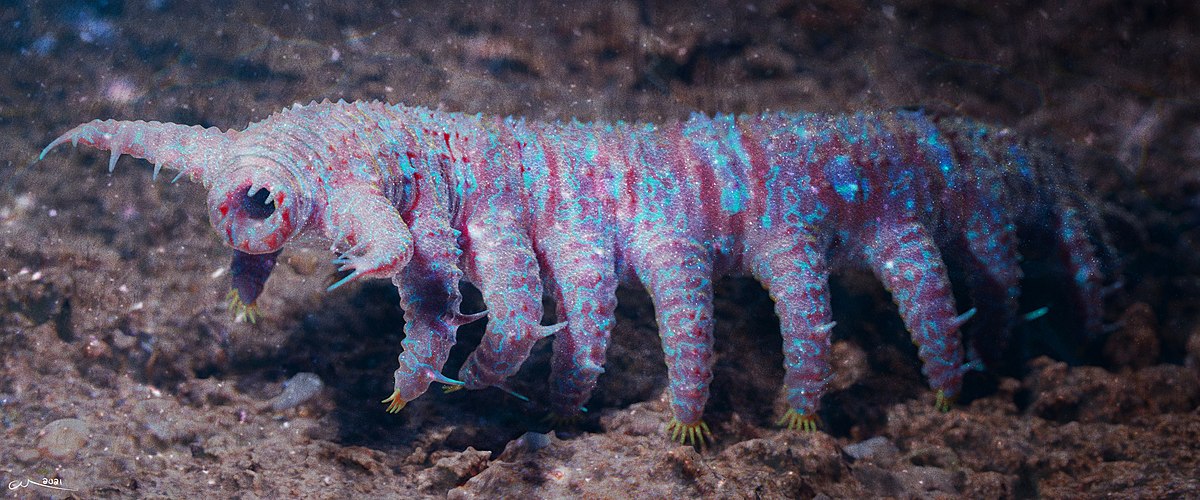
Title photo by Kristen Rudd
There are over 7000 species of worm, of which 150 are widely distributed around the world!
Their bodies are made of many ridged segments covered in tiny bristle called 'setae', which help them grip the substrate allowing them to move forwards and backwards!

Photo by John Hallmén
They eat organic plant matter, fungi and other microorganisms!
Earth worms breathe through their skin, can breathe underwater and survive being submerged for quite some time!
They secrete mucus which helps them move through the soil and by contracting and relaxing different muscles, which alternates shortening and lengthening their bodies!

Photo by Aisling
Earthworms are mostly hermaphrodites (having both male and female sex organs), although recently a (nematode) worm was discovered that had 3 sexes, 1 part male, 1 part female, and 1 part hermaphrodite (it also lives in water 4 times saltier than the ocean and is immune to arsenic!)
One study found that worm sex can last between 69-200 minutes!
Both worms will get pregnant during sex, and each worm will use both their sex organs at the same time!

Photo by Reds.

Photo by Bob
Post exchange, each worm forms a collar-like clitellum around its body. This clitellum, filled with eggs and sperm, forms a cocoon when it’s pulled off. Inside the cocoon, fertilization occurs, resulting in hatchlings. via Bob
Each earthworm can produce up to 1000 baby worms every 6 months!
They are also capable of parthenogenesis, where they can reproduce asexually without the need for fertilisation
Earthworms will swallow tiny stones which they keep in their gizzard, these grind up vegetation and other organic matter to help digestion!
They have a closed circulatory system (like humans) which has 5 pairs of aortic arches which work together like 10 hearts to circulate blood- pushing it in one direction, then pulling in the other. (Most invertebrates have a simple pumping of fluids around an open system, which washes inside the body with blood extracting and exchanging nutrients and waste)

Earthworm Dissection by threeflowersphotography
Earthworms are Soil Engineers, their burrowing mixes soil, aerates substrate and converts complex organic matter into earthworm poo, which is then used by plants. They are critical to our growth of food and trees, without them soil density would increase, reducing the ability of roots to take up water and breathe!

Photo by John Glover
Earthworms have also been observed exhibiting social behaviour by forming herds and making 'group decisions' by using touch to influence each other!
....[They] tested how the worms affected each other's behaviour, investigating whether the worms use either chemical signals or touch to decide which chamber to move to....[Results] indicated that the worms did not leave a chemical trail behind them that communicated their direction of travel.... ......suggesting that they used touch to communicate where they were going. Source
Now give our worm friend a kiss!

Photo by Dave Buckley
All info from here and here, unless otherwise stated
Disclaimer! I'm not an expert, I just like learning and sharing fun things...any mistakes, leave a comment and I'll edit, Cheers!
edit, added (nematode) for clarification

No fun facts from me, but i like how when i tried to pick it up with a stick, it tilt its back toward the stick to protect its belly. Interesting creature!

Title photo by LS Perks
Native to Australia (where else?) it can also be found as an invasive species in New Zealand. It feeds on Eucalyptus species and can become problematic, striping the leaves and damaging the trees hence it's actual name The Gum Leaf Skeletoniser
As the caterpillar grows it sheds it's exoskeleton, during each molt the head portion of the previous exoskeleton stays attached to it's body resulting in a mini tower of empty heads
“The molted head capsules start stacking early but they are not always visible, as the smaller ones get dislodged over time,” Hochuli said. “It’s not uncommon to see caterpillars with at least five old heads stacked on top of the one they are currently using.” Source
The heads can reach up to 12mm tall, and look rather dandy!
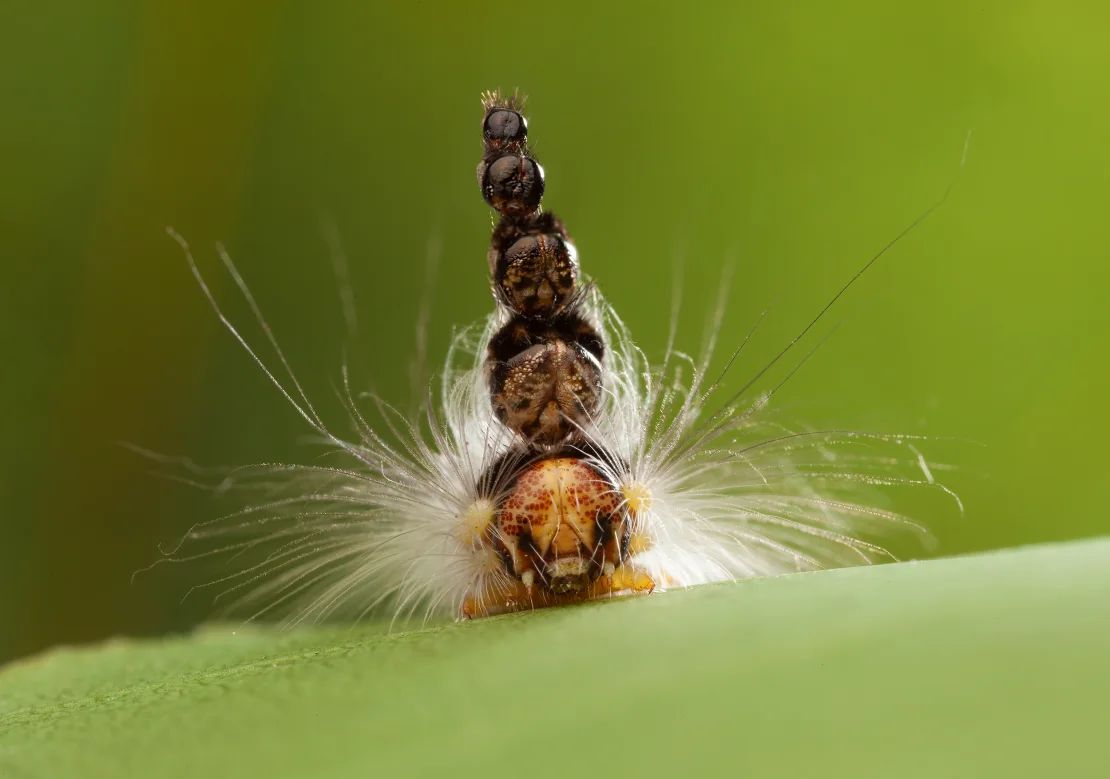
Photo by Alan Henderson/Minibeast Wildlife
The several reasons for this, one is to look bigger and more intimidating to predators, another is to create a false target for a predator, and another is that the caterpillar uses the head piece as a weapon or shield to fend off insects with needle like mouth parts such as Assassin Bugs
....researchers removed the head stacks from some caterpillars, left them on others, and kept tabs on their survival once they were back in the field. Caterpillars who kept their extra heads were much more likely to survive in the field....Source

Photo by John Tann
Unfortunately for The Mad Hatterpillar it's list of predators is long and relentless.... it has also evolved stinging hairs to complement it's head gear, and will writhe around to evade being grabbed, and if that isn't enough it will vomit out it's guts....
“They’ll just spew out a whole bit of yucky green liquid that probably smells and tastes awful,” Henderson said. “And if they shove that in the face of the predator, it can turn them off.” Source

Photo by Betty AN
Once the Mad Hatterpillar is finished eating all the Eucalyptus it can, it pupates into a small brown, unremarkable moth with markings that help it camouflage on the trunks of it's food source

Photo by Victor Fazio
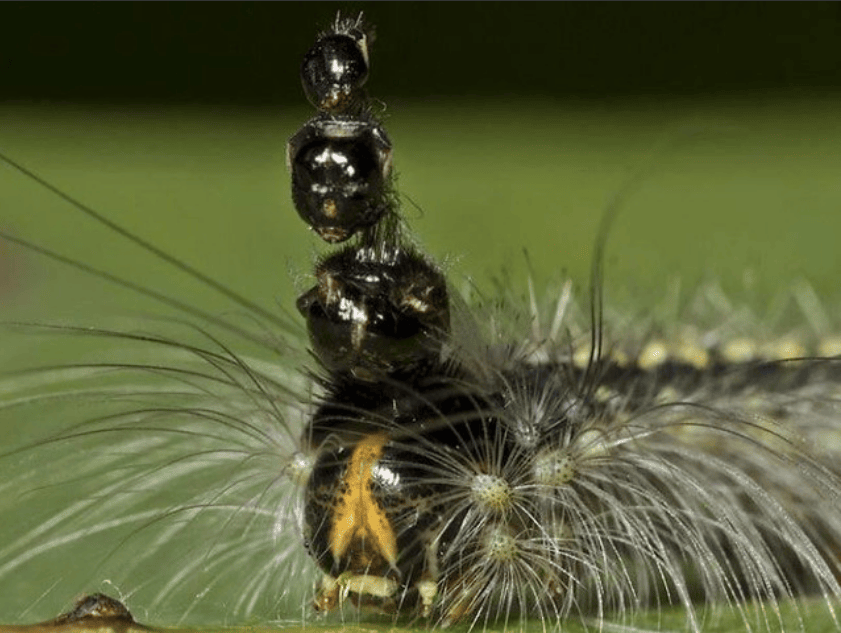
Title photo by Thomas J Astle (Possibly Zoosphaerium neptunus, Madagascar)
Giant Pill Millipedes (Sphaerotheriida) are found in Southern Africa, Madagascar, South and Southeast Asia, Australia and New Zealand. They like moist habitats in leaf litter on forest floors
They can roll into a ball if disturbed, smaller ones can be the size of a cherry, slightly larger ones can be golf ball. The largest which come from Madagasgar can be the size of an orange!
.....crunchy on the outside with a soft chewy centre....
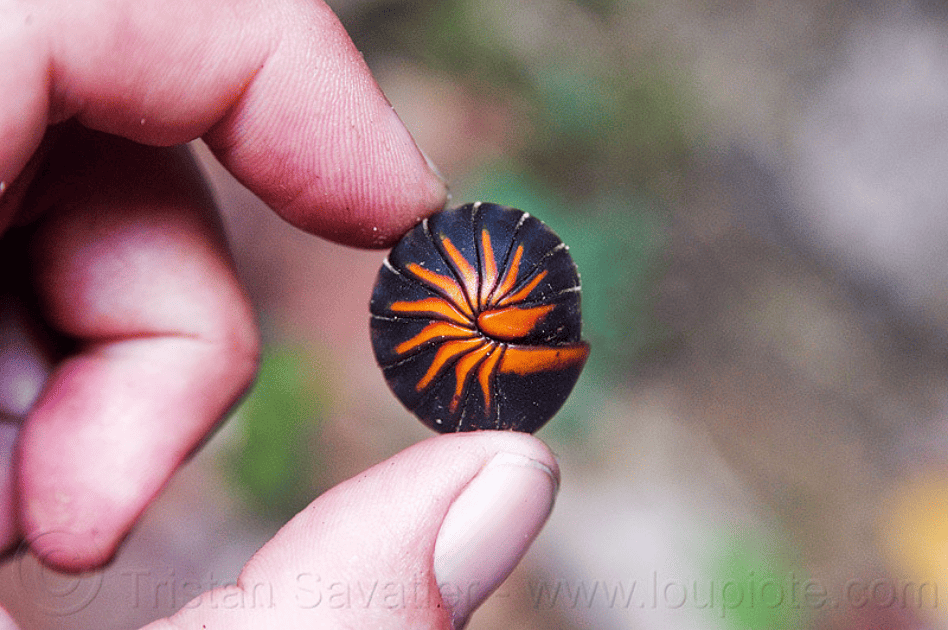
Borneo Giant Millipede, Photo by Tristan Savatier
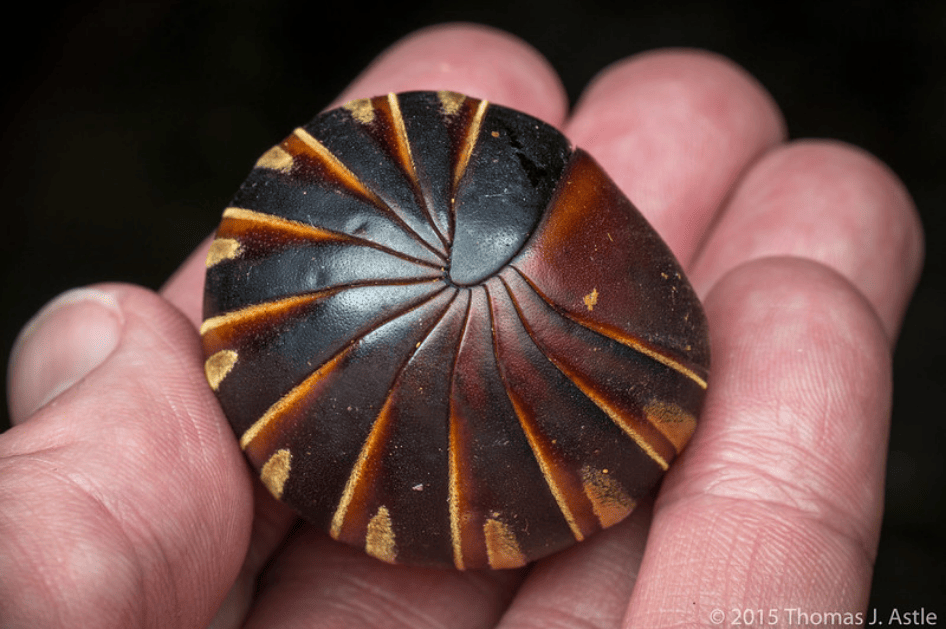
Sabah, Borneo, Photo by Thomas J Astle
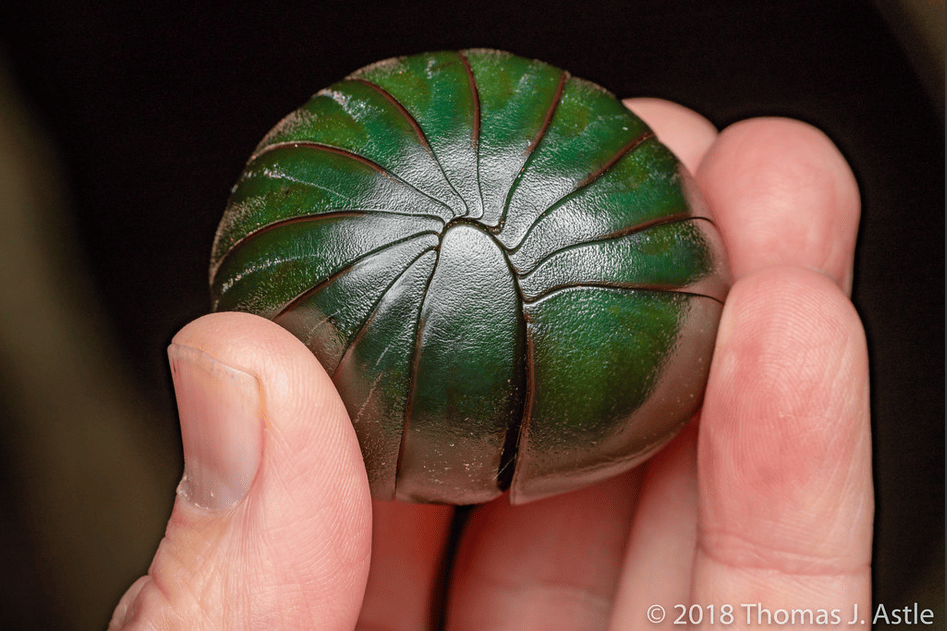
Possibly Zoosphaerium neptunus, Madagascar. Photo by Thomas J Astle
The Giant Millipedes first and last dorsal plate align perfectly with no gap, making a tightly sealed ball which most predators can't open, however there are some including snails in South Africa which specialise in feeding on them. Also Meerkats and birds will hunt and eat them!
They are ground dwelling detritivores, and feed on dead organic matter, such as leaves and wood on the forest floor. They play an important role in decomposition helping to break down organic matter back into the soil!
A few Giant Millipedes can produce sound!
Sphaeromimus pill-millipedes live in the rainforests of southeastern Madagascar.....Males have a structure on their anterior telopod, known as the harp, which has several ribs and is able to produce sounds. This stridulation organ is still not well understood, but may play a role during courtship. Source
The name for them in the local language [in Madagasgar] is 'tainkintana' which means 'star droppings'!
Their antennae are very dexterous and mobile, and resemble elephant trunks as they probe their environment!
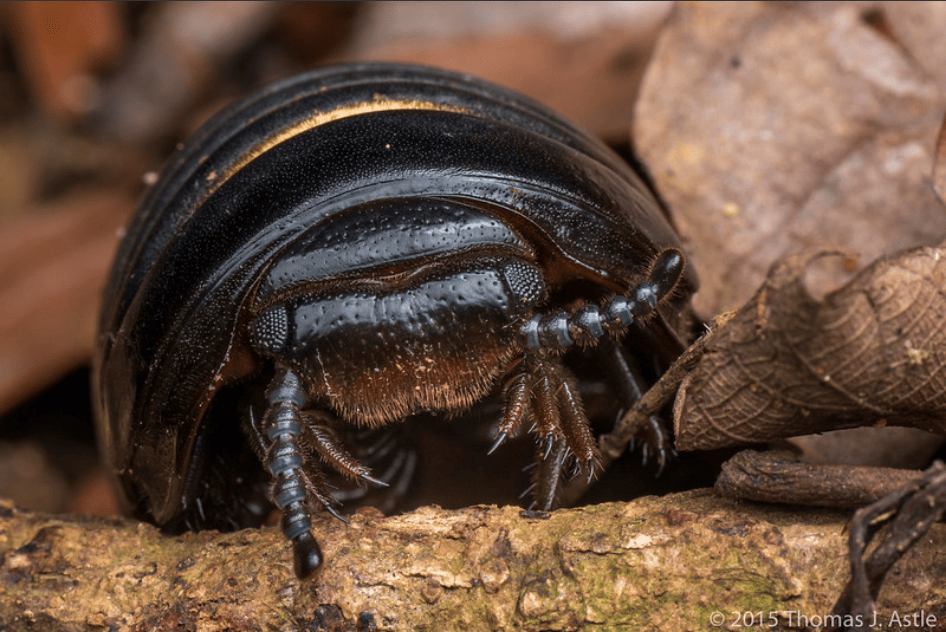
Sabah, Borneo, photo by Thomas J Astle
Their sex lives have 4 different phases....
The first phase is when a male detects a female, and orientates itself by positioning its anal shield towards the potential partner. Second, once the male is in contact with the female it starts to make stridulation sounds and vibrations. If the female recognises the male and is receptive, she will open up from her rolled-up position, or not roll up, and the male will then move below the female and grab her front legs with his telopods
The male then ejects sperm from his penises (he has one small penis at the base of each of the first pair of legs on the second segment), and transfers the sperm backwards along his legs and into the female opening which is on her second pair of legs. The two millipedes will then separate. After that, the female lays her eggs in the soil and covers them with a mud layer for protection. The eggs hatch into very small, pale pill-millipedes. Source
They are slow movers and are able to burrow into the soil and leaf litter. They also come in a nice variety of colours and patterning!
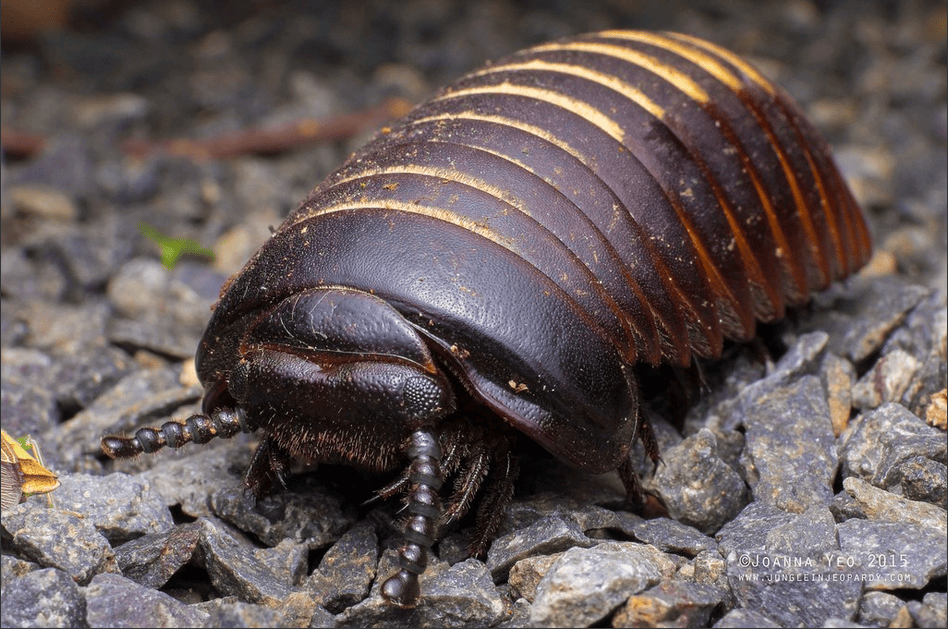
Photo by KancheongSpider
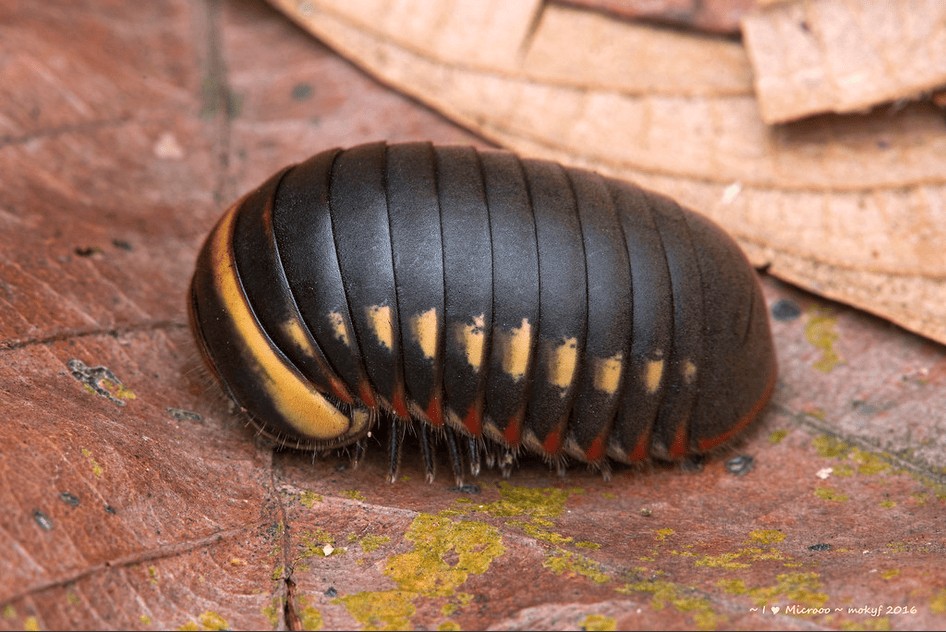
Photo by Mok Youn Fai

Agumbe Rainforest Research Station, Karnataka, India, photo by cowyeow
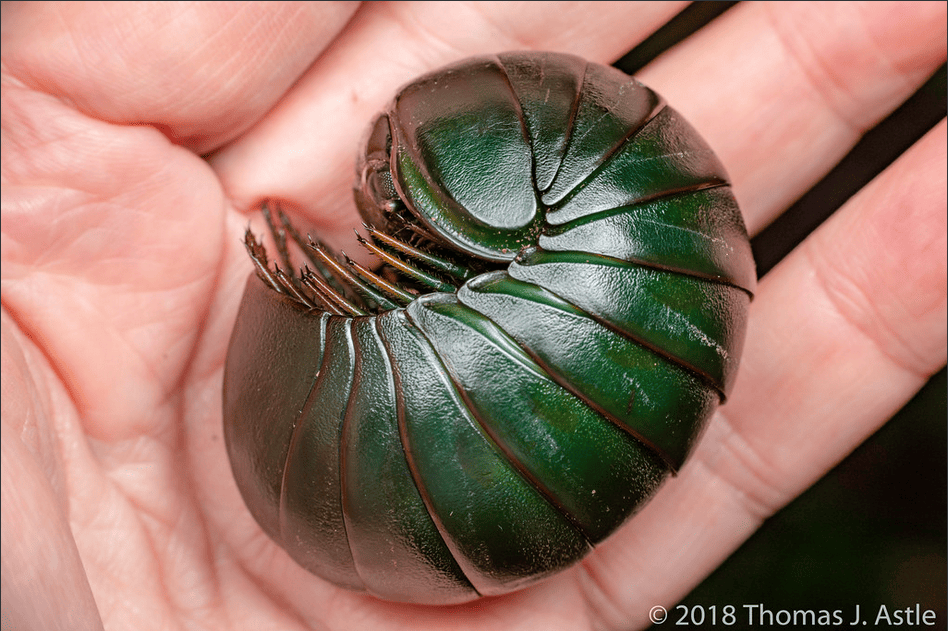
Possibly Zoosphaerium neptunus), Madagascar, photo by Thomas J Astle
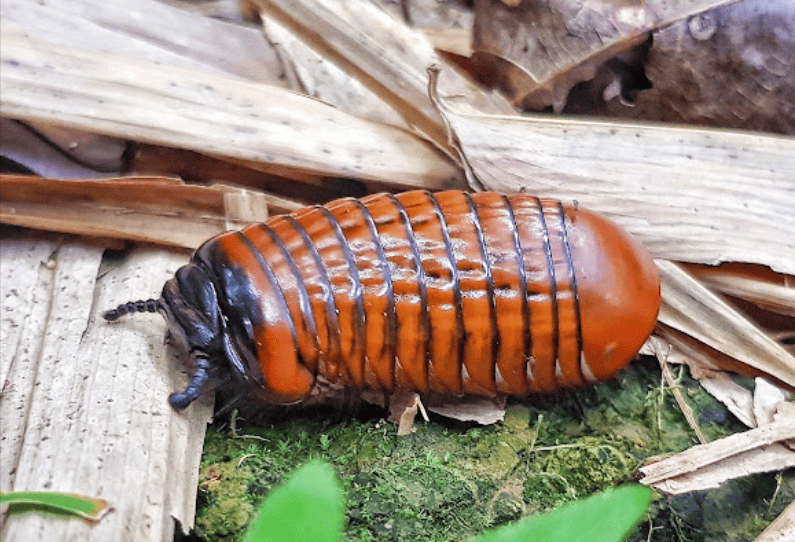
Bothrobelum rugosum, Bau, Sarawak, Malaysia, Photo by bob5
Adult females have 21 leg pairs (42 in total), while males have an additional 2 leg pairs, which are probably used to grasp onto the females during mating!
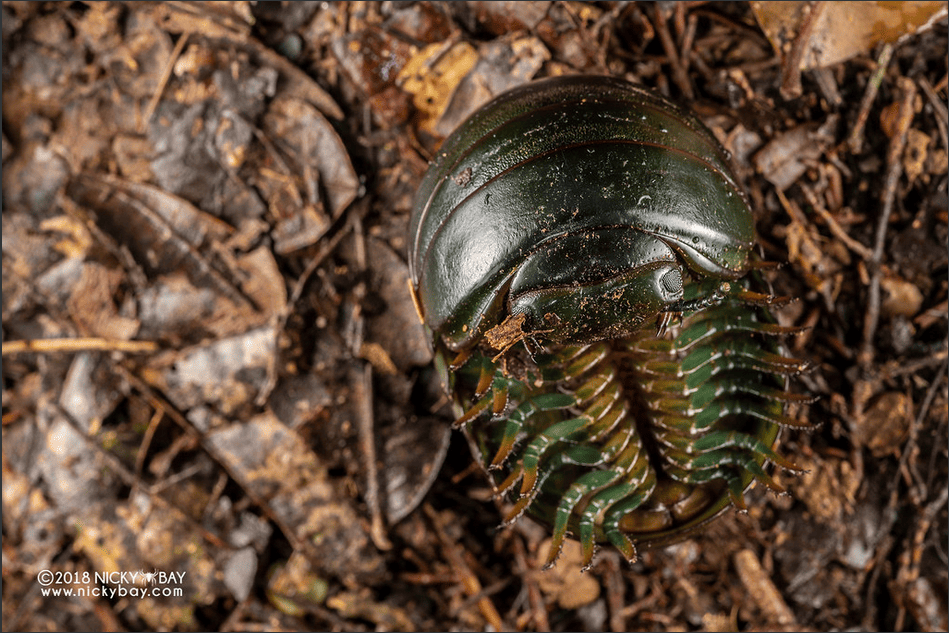
Zoosphaerium neptunus, photo by Nicky Bay
.....draw me like one of your French girls.......
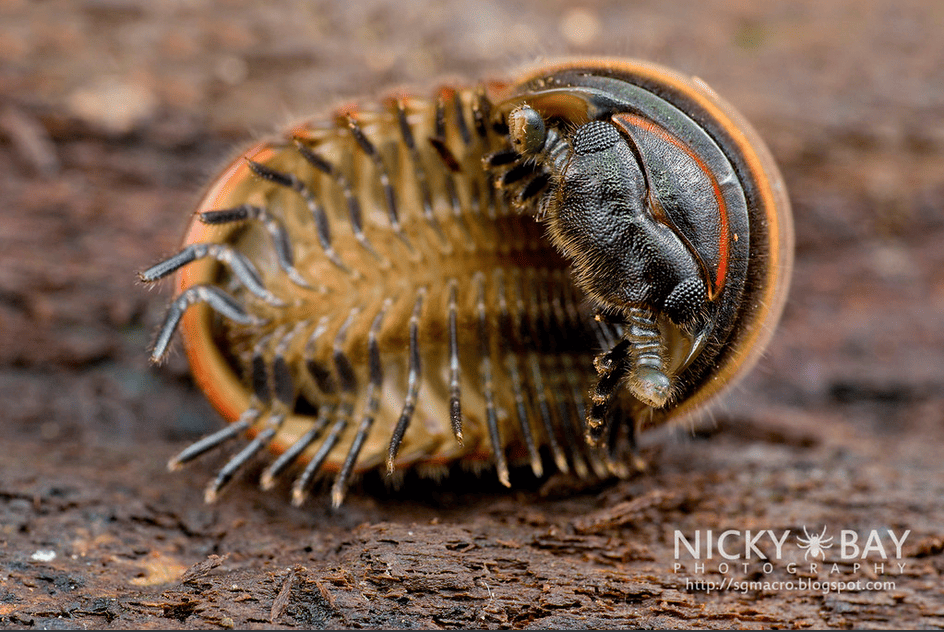
Zephroniidae, photo by Nicky Bay

Sphaerotheriida, Karnataka, India, photo by vipin.baliga
All info via wikipedia and Scientific American unless otherwise stated
Also I'm not an expert, I just like sharing fun things and critters, any errors let me know in the comments and I'll edit my post, cheers




